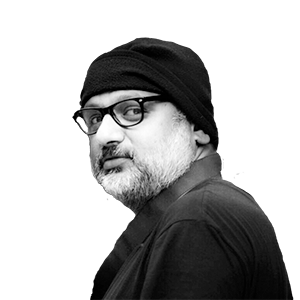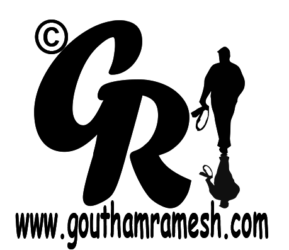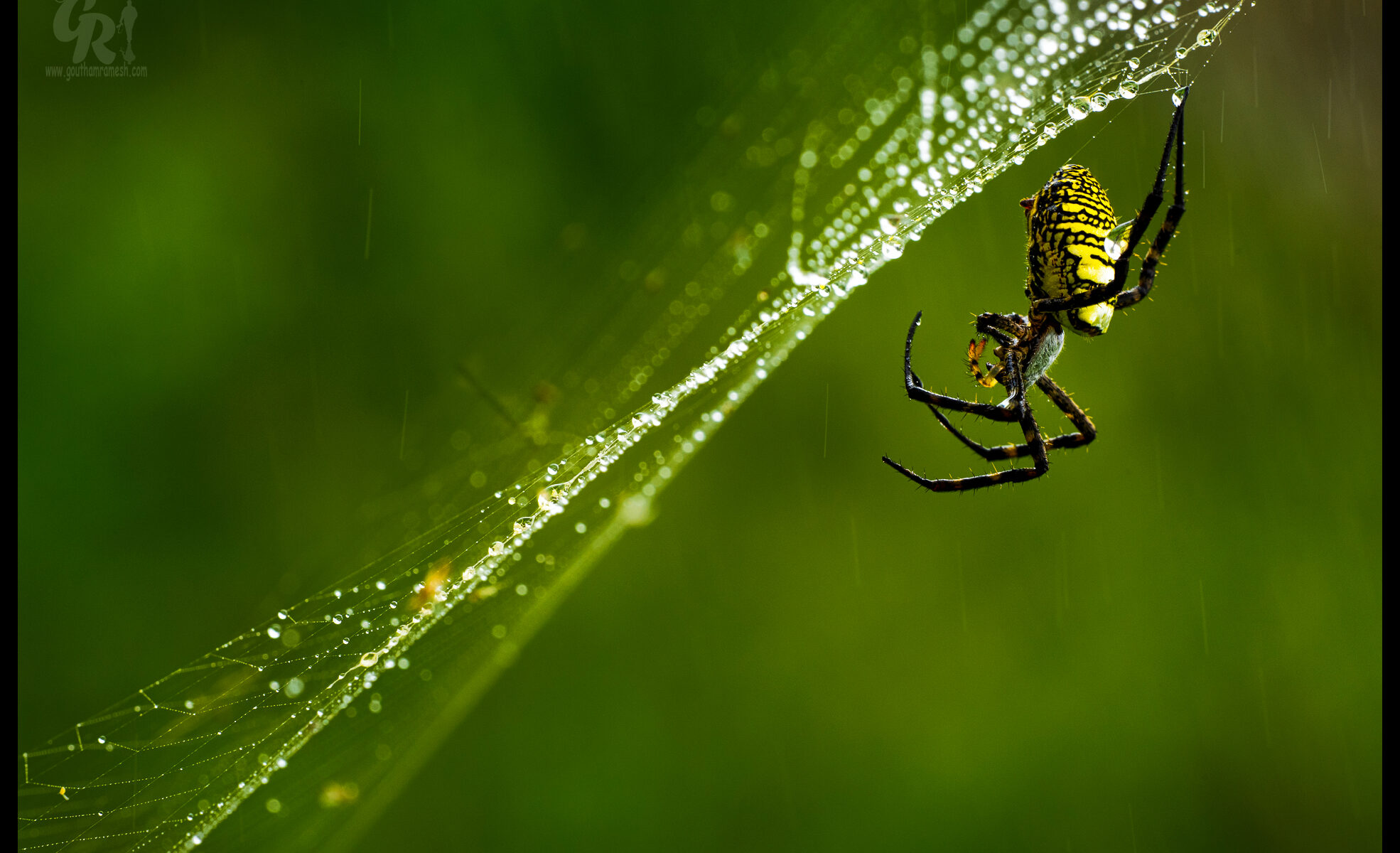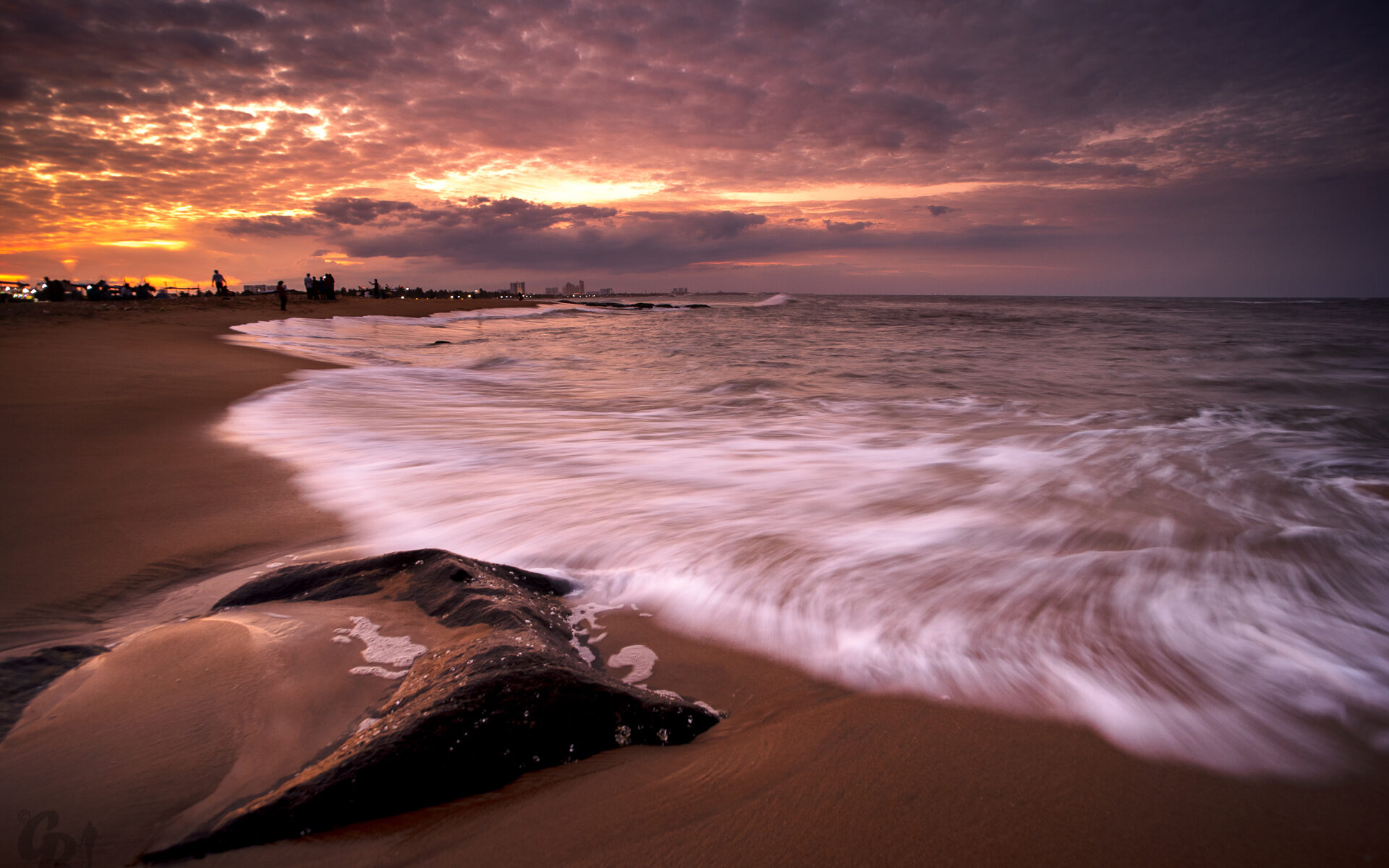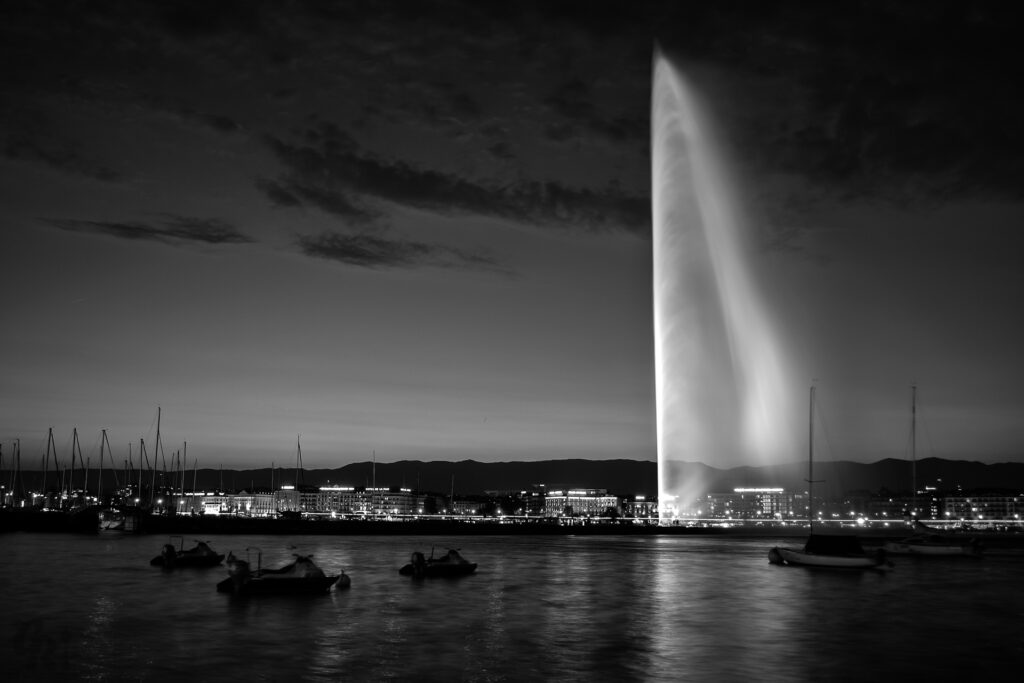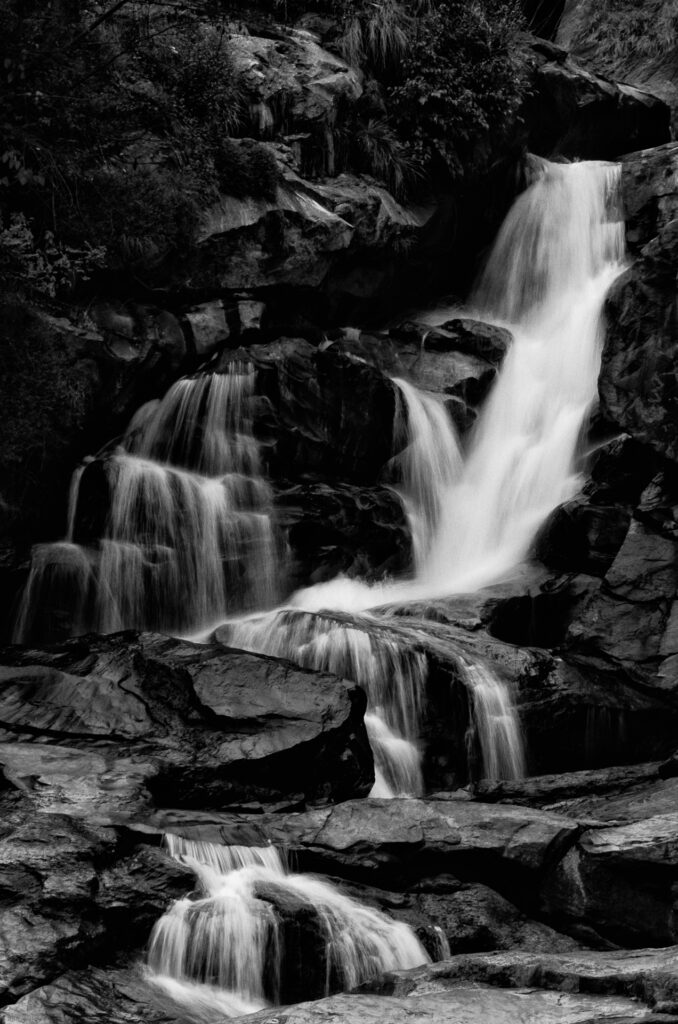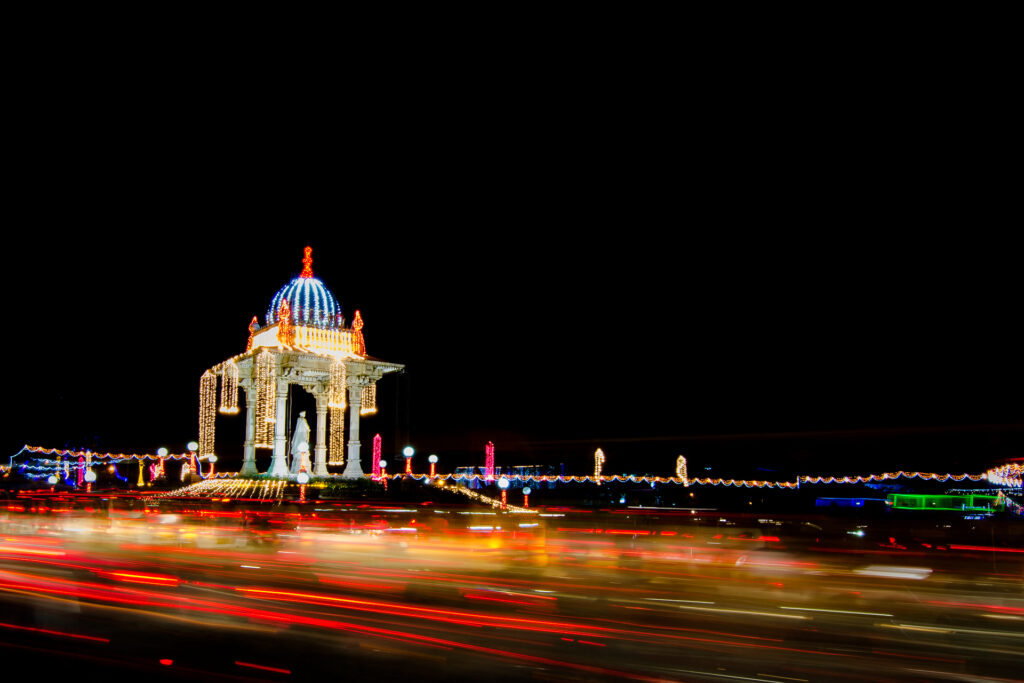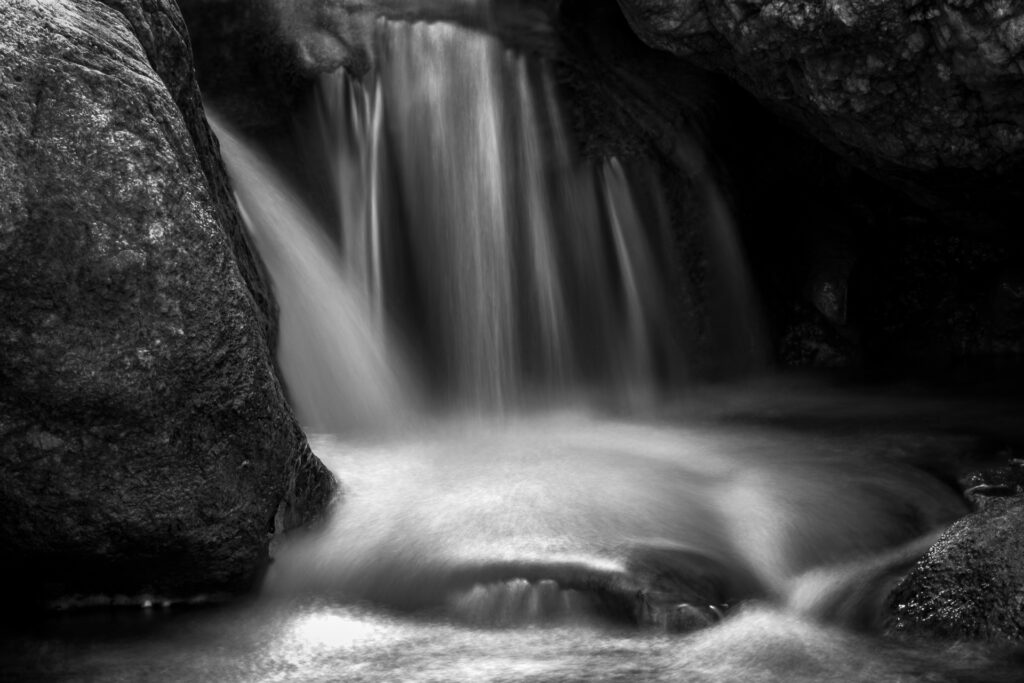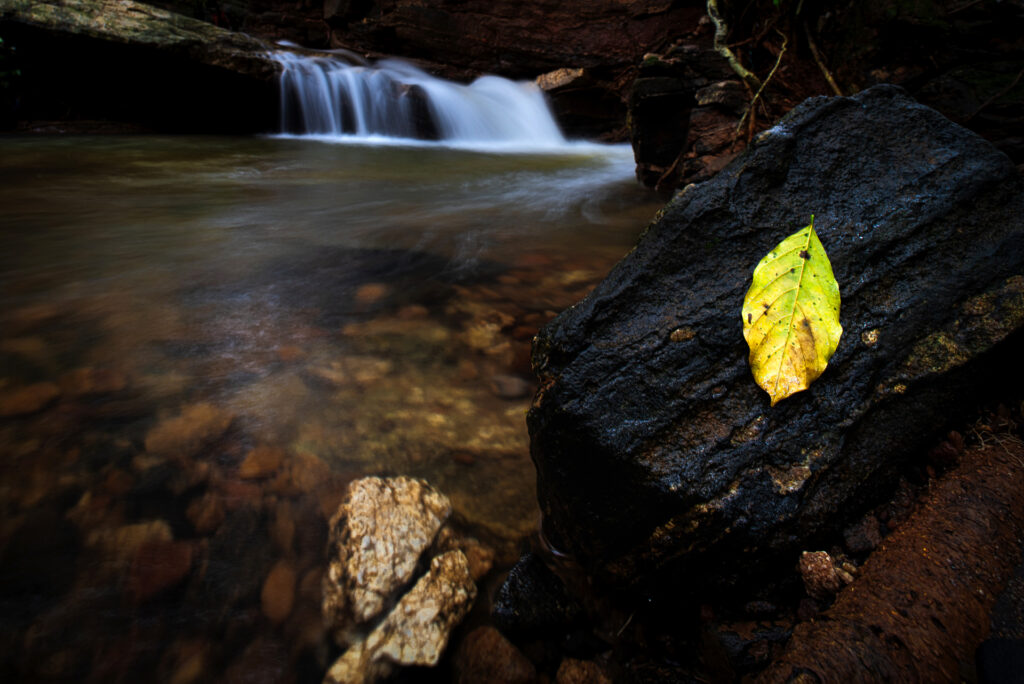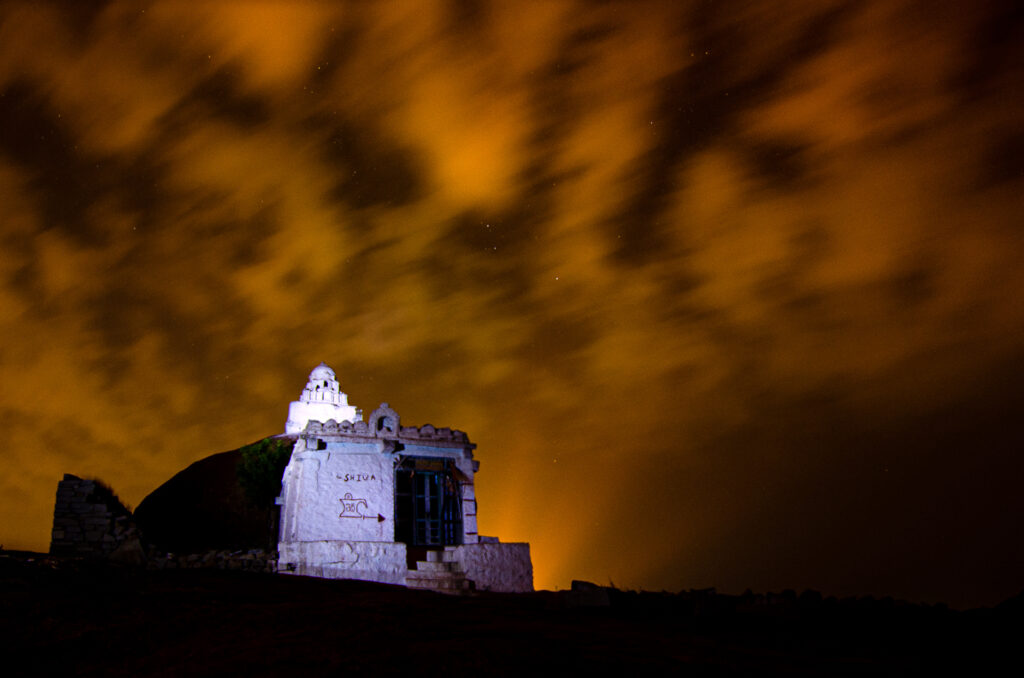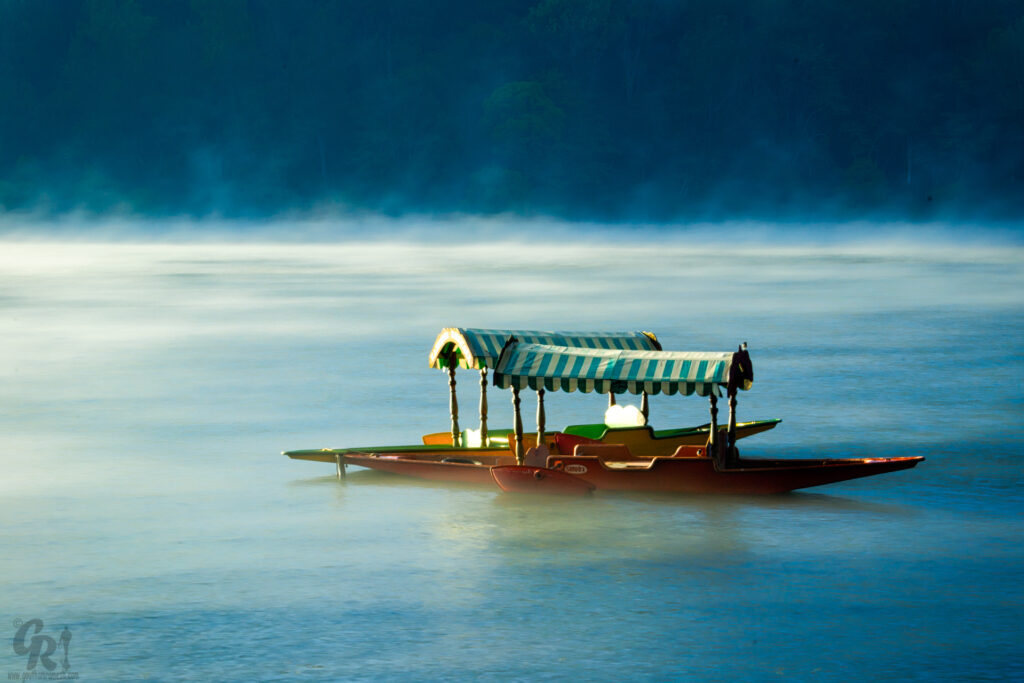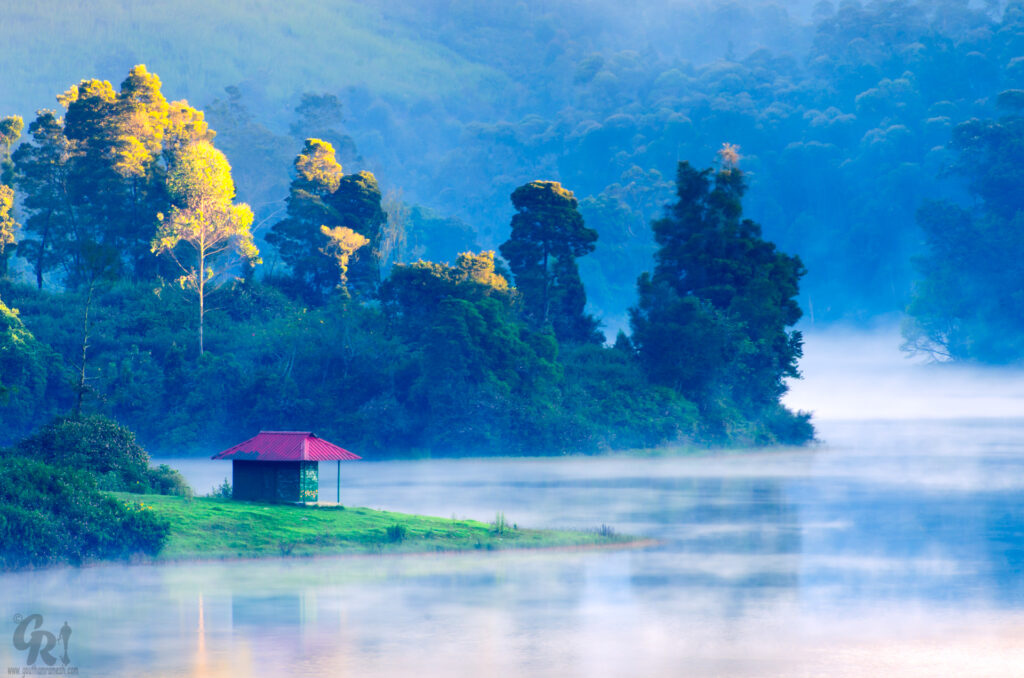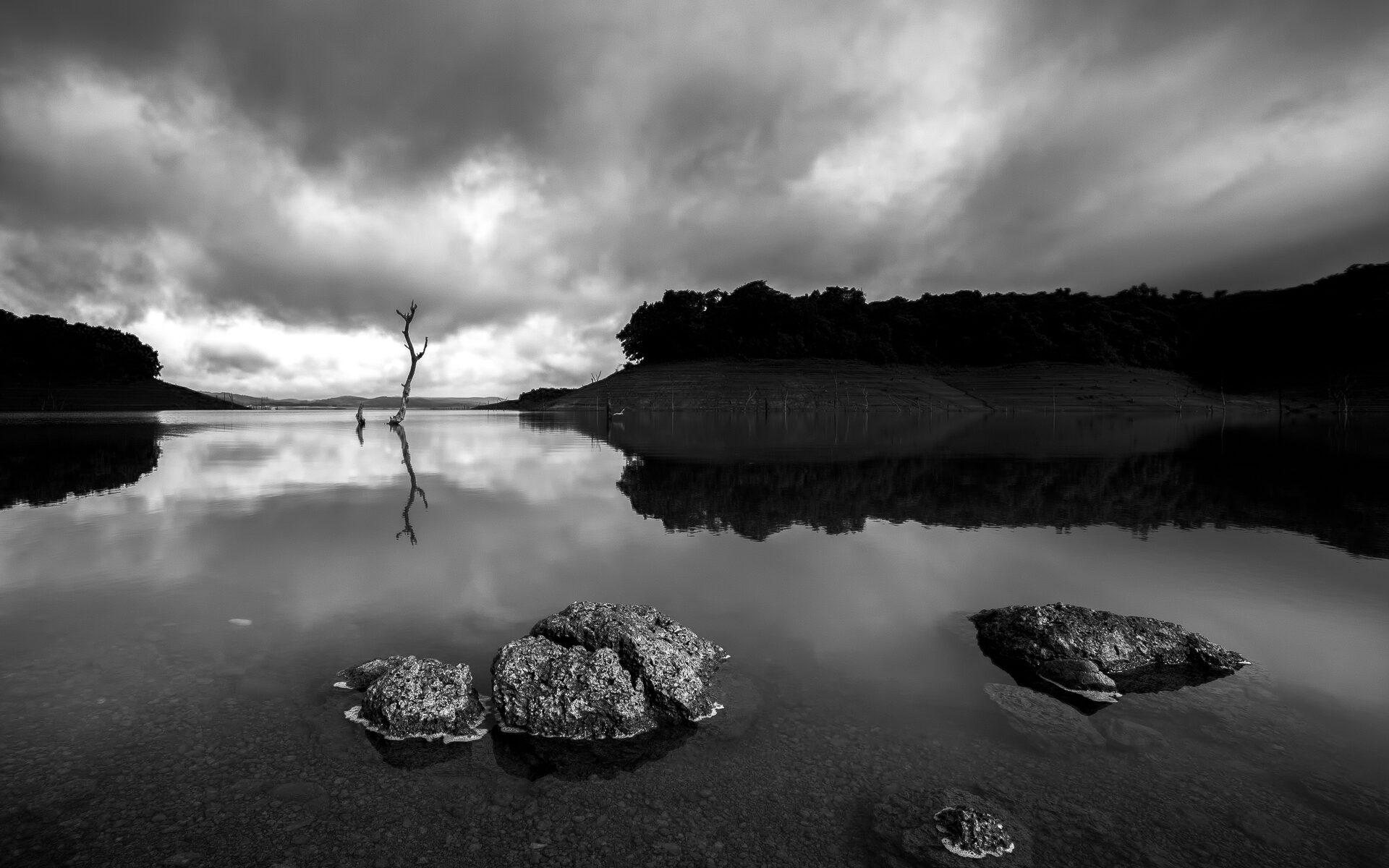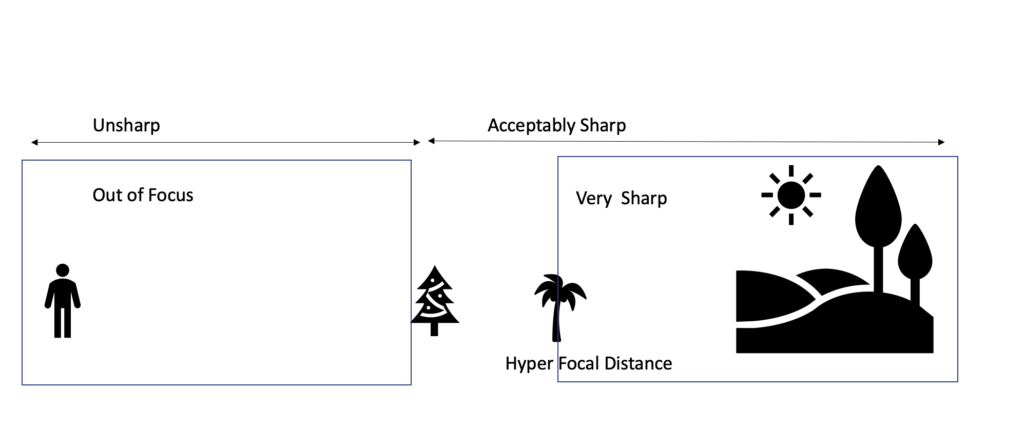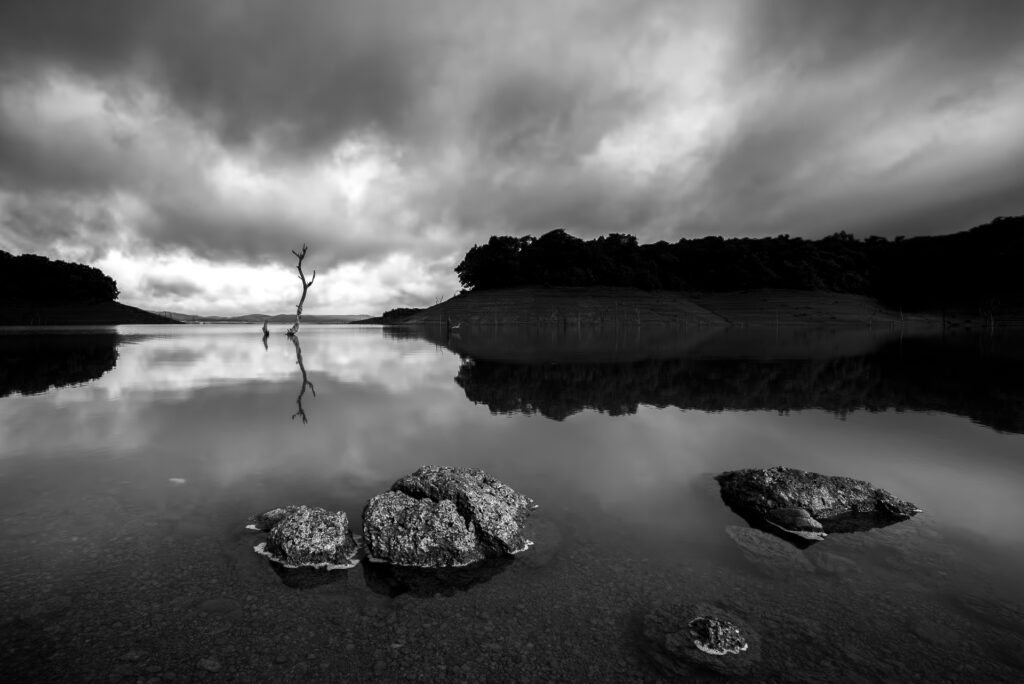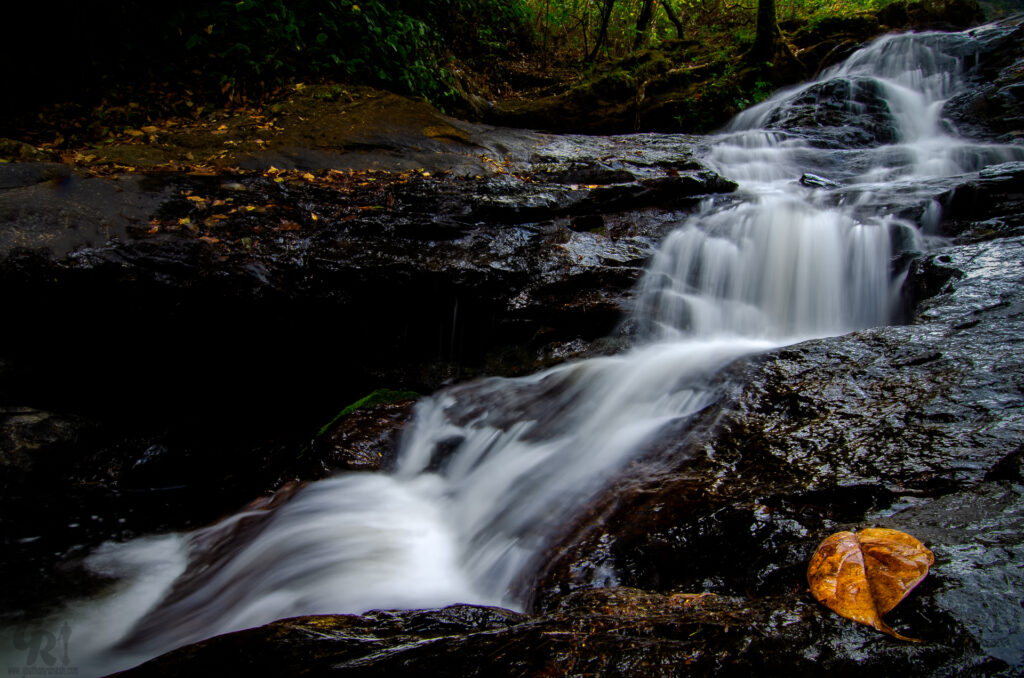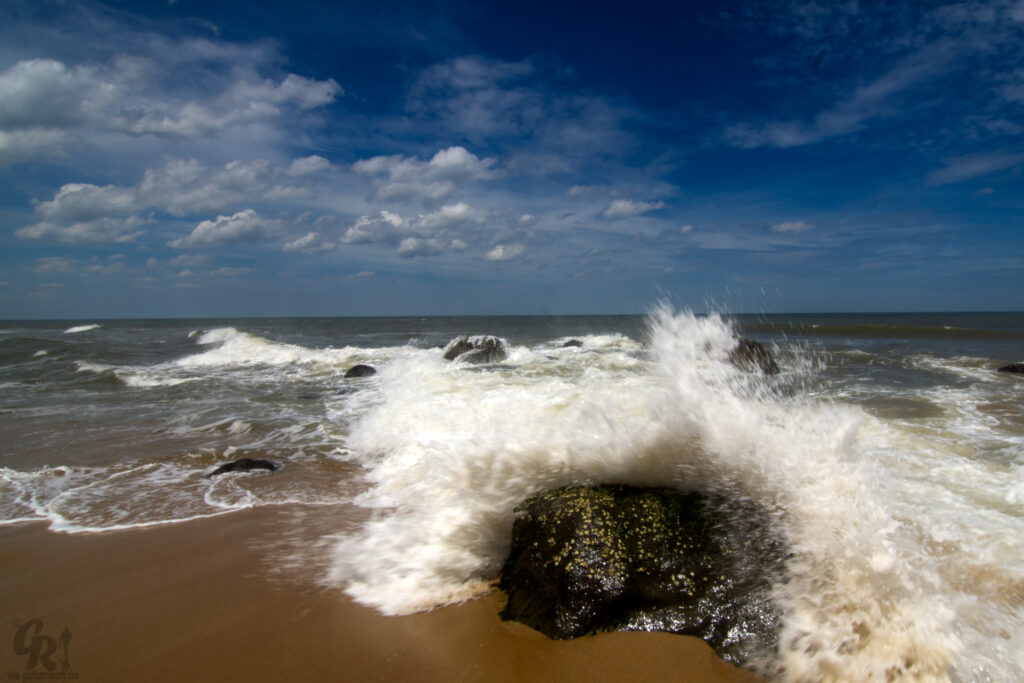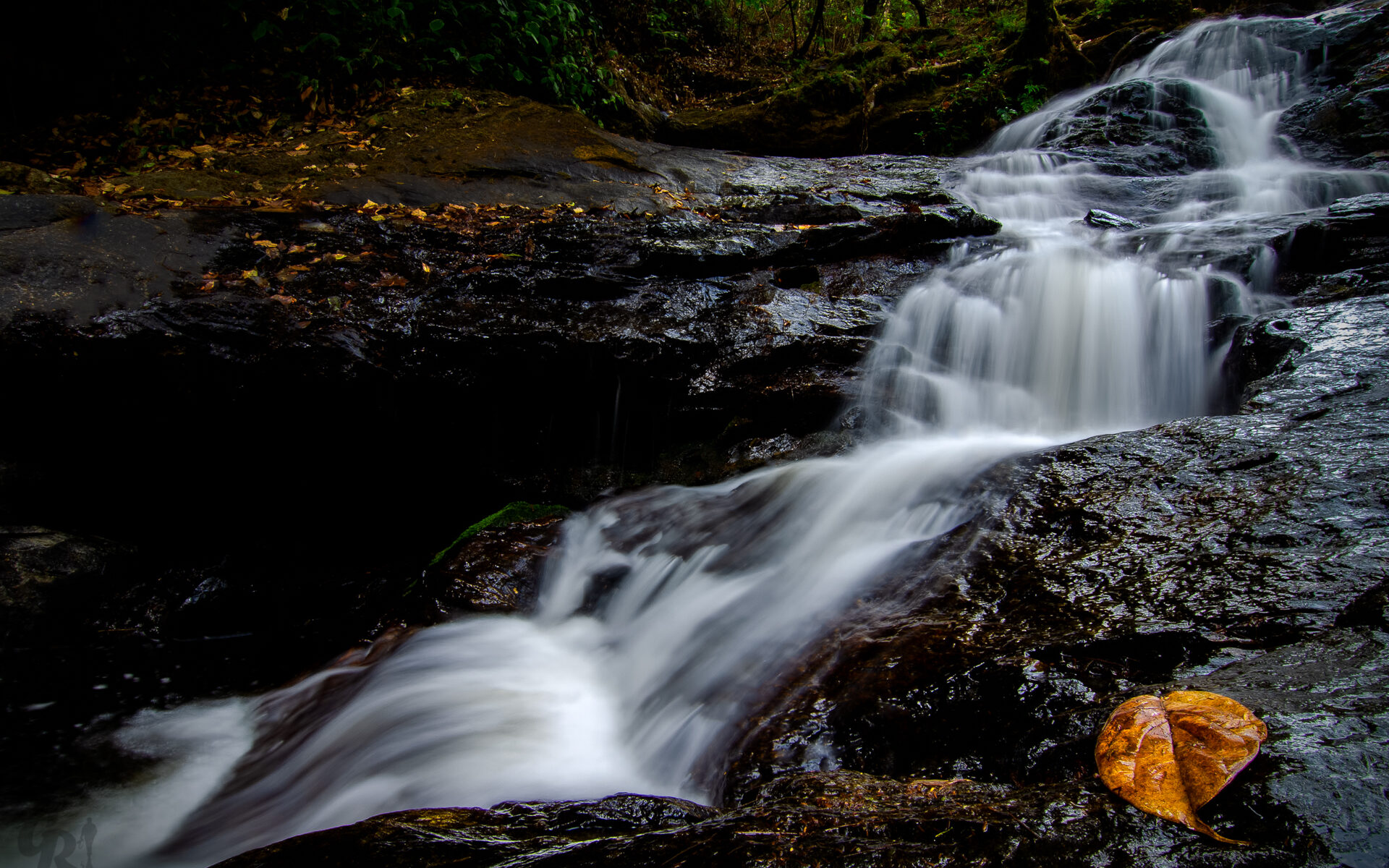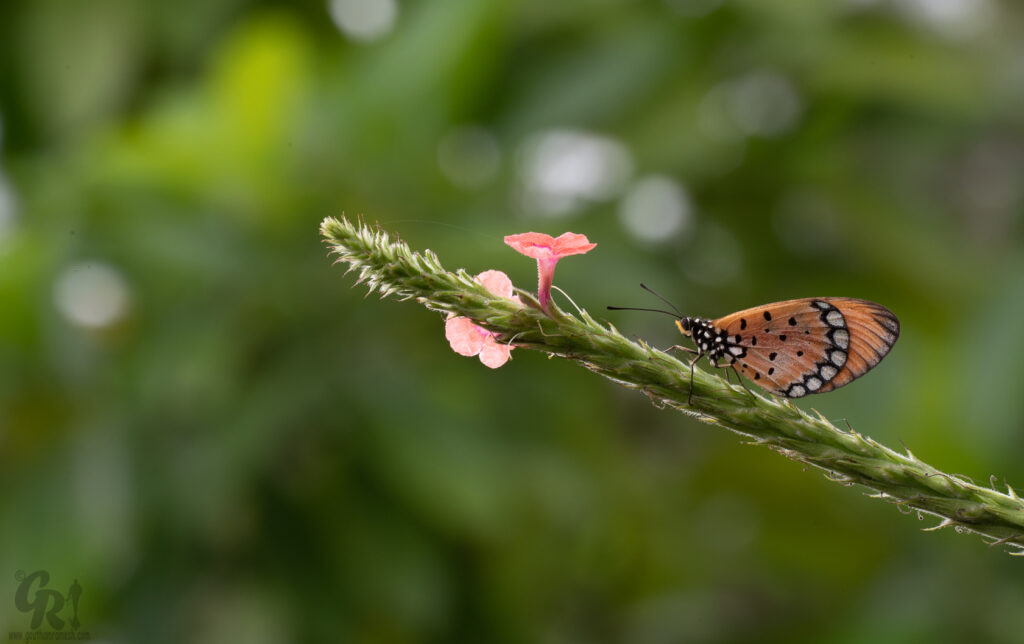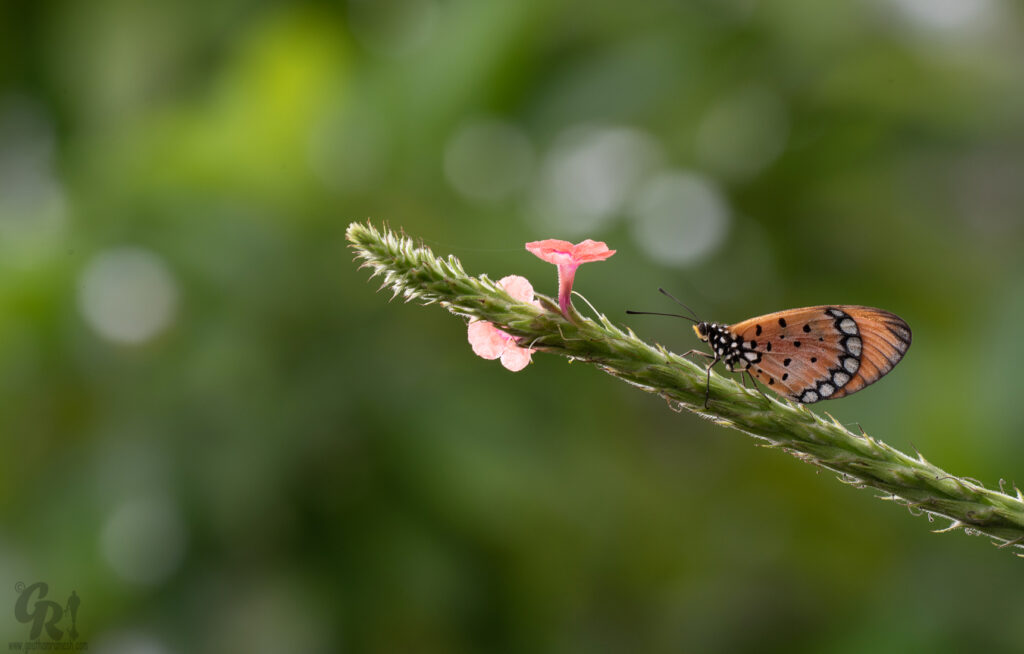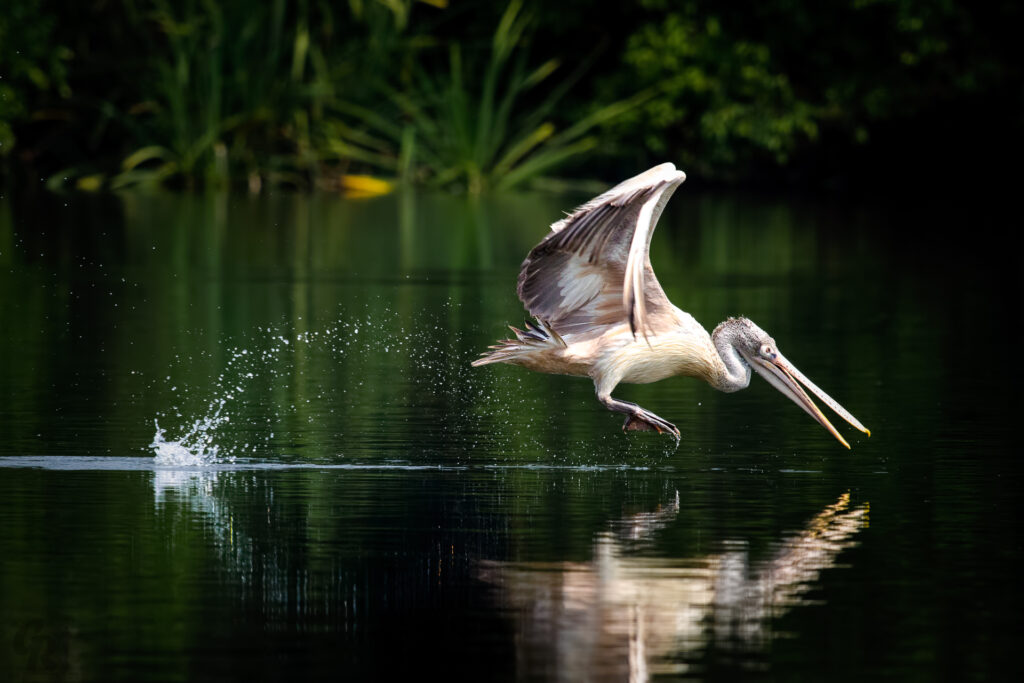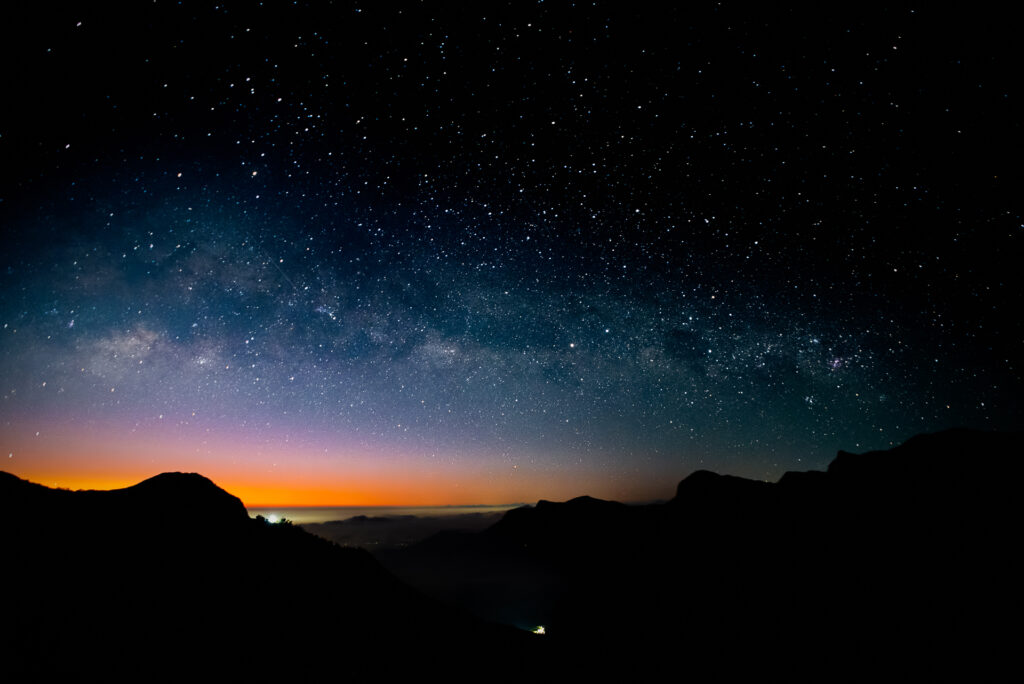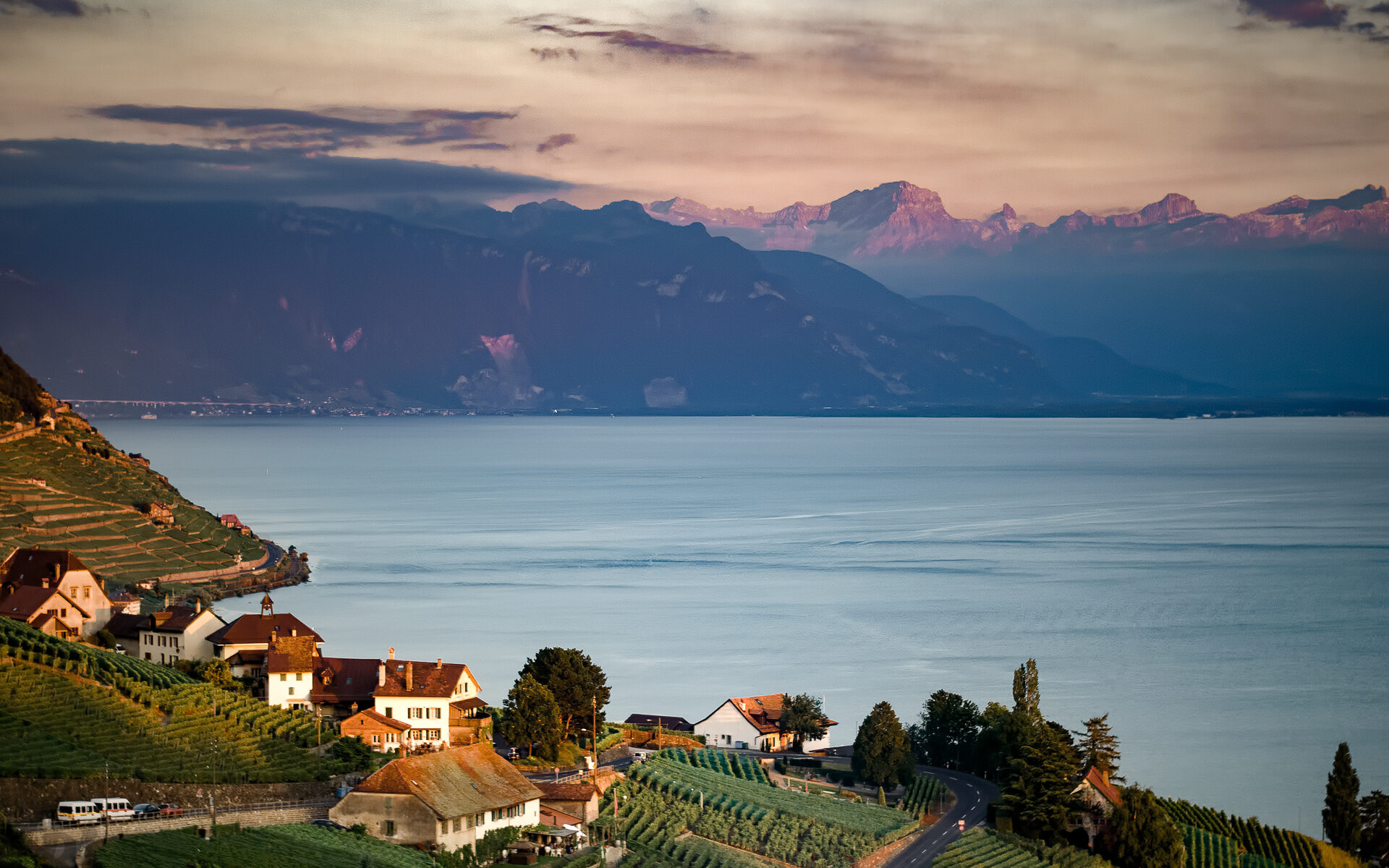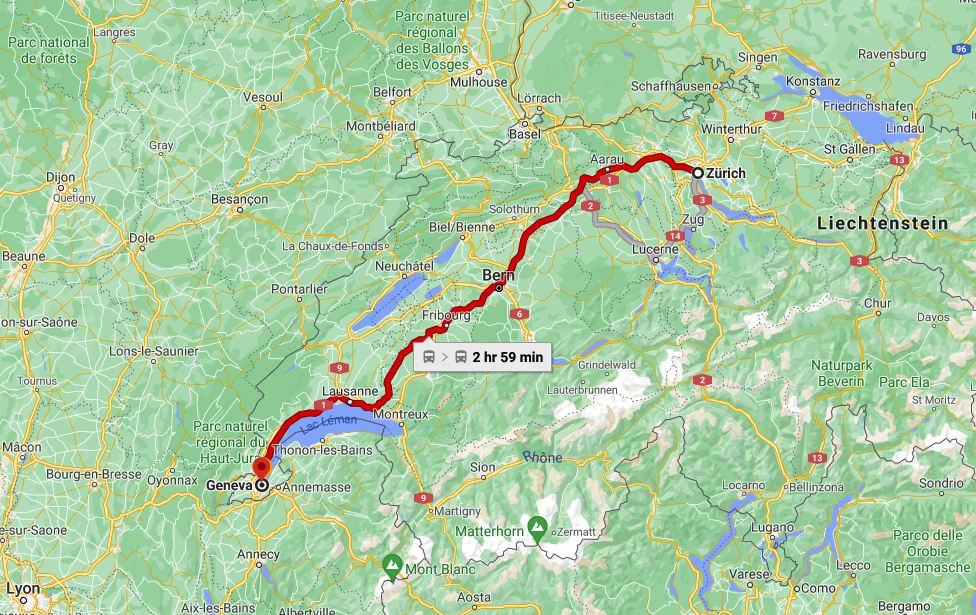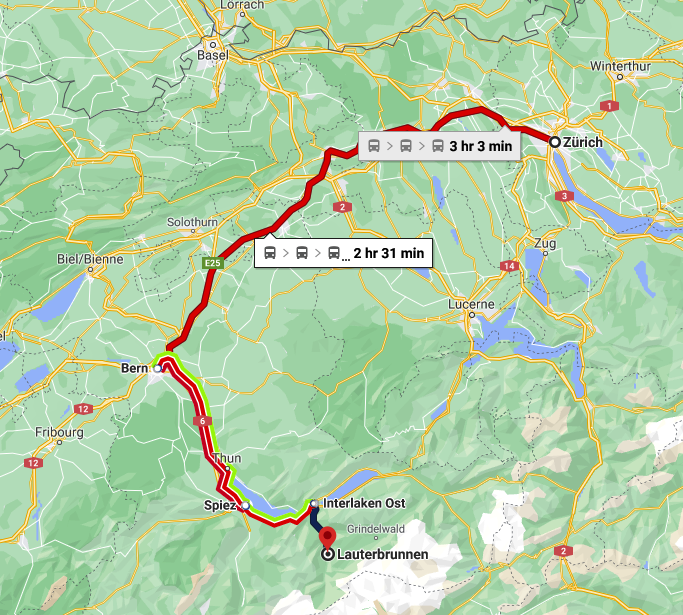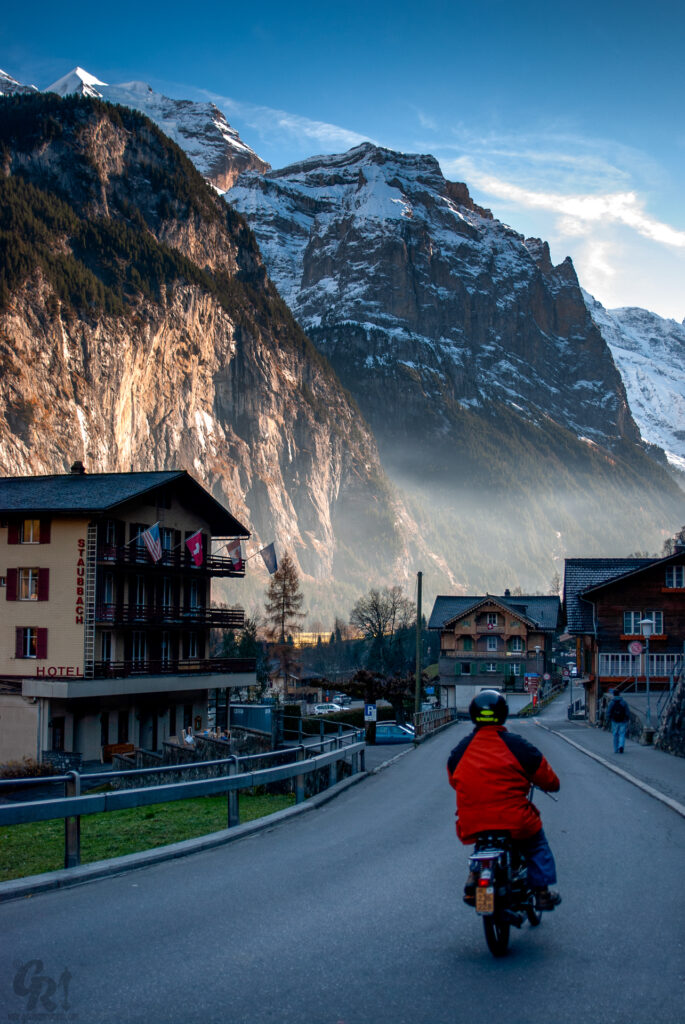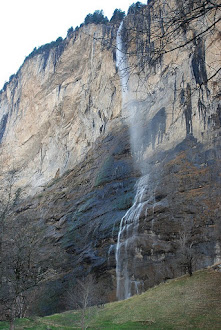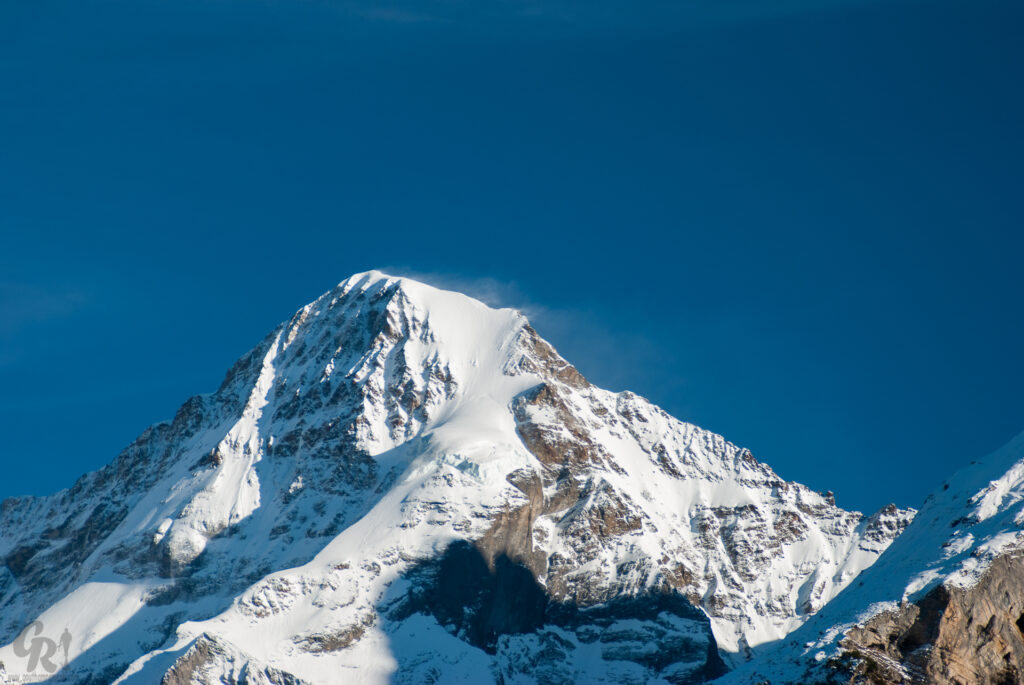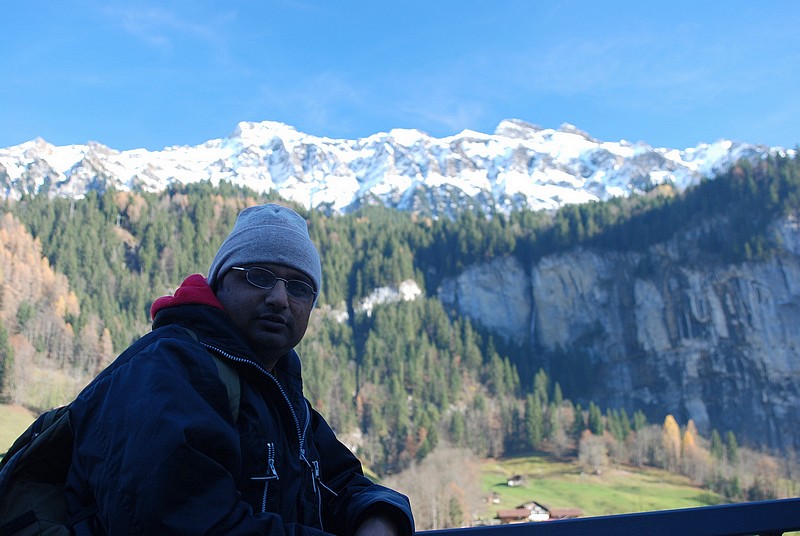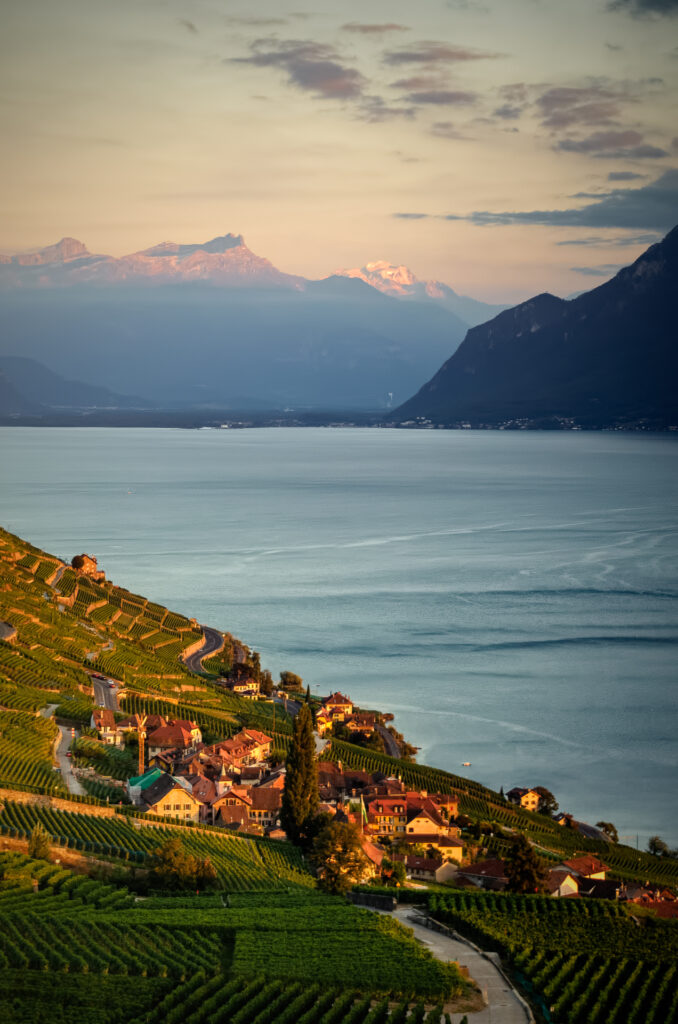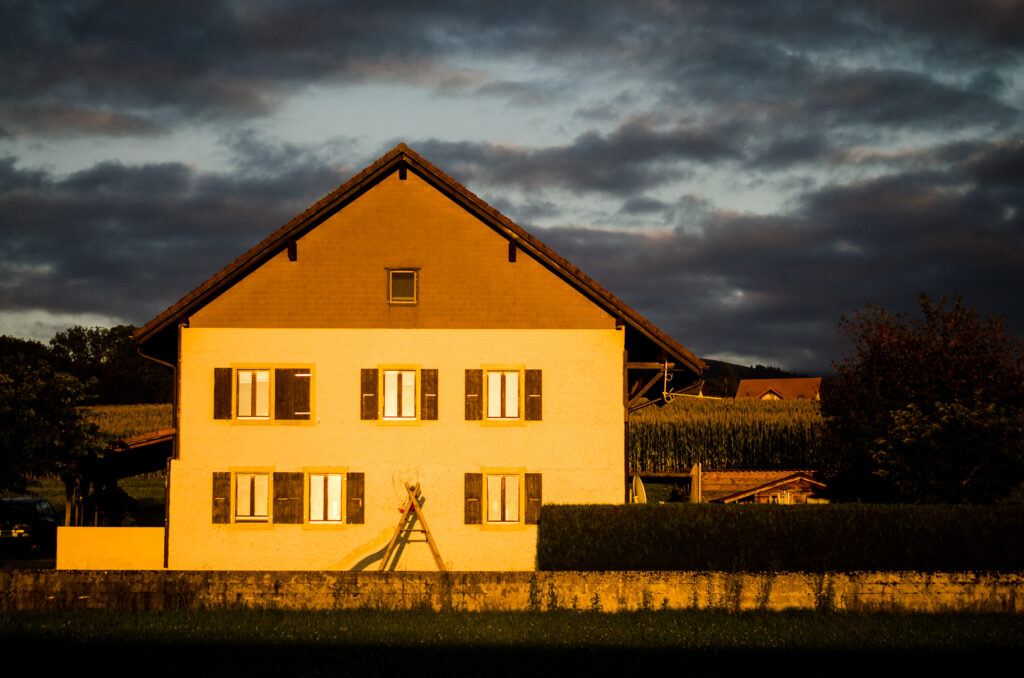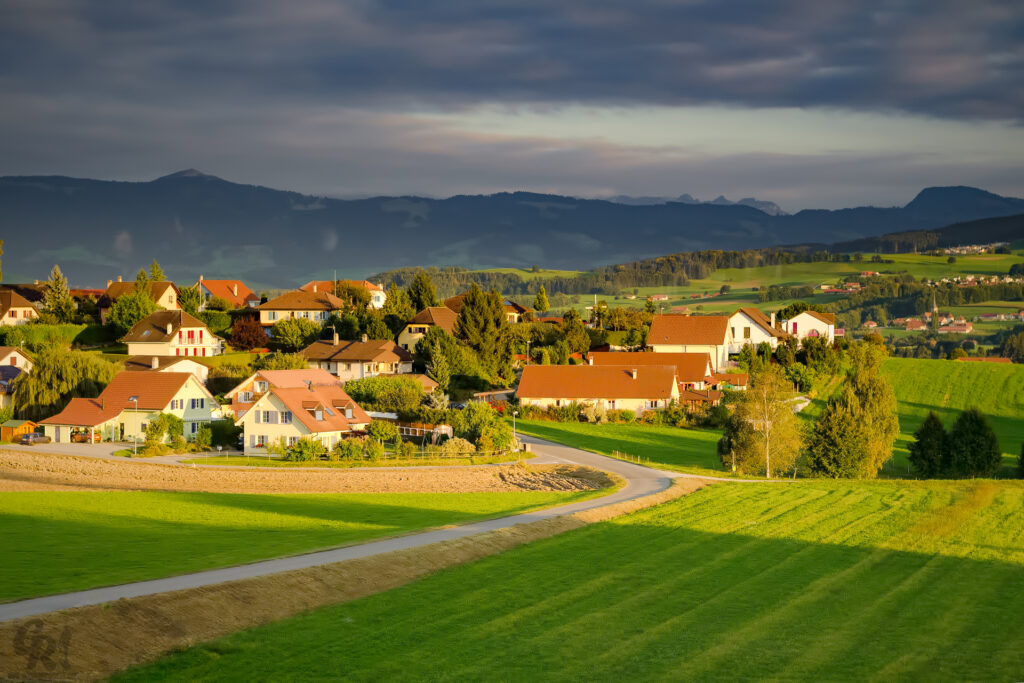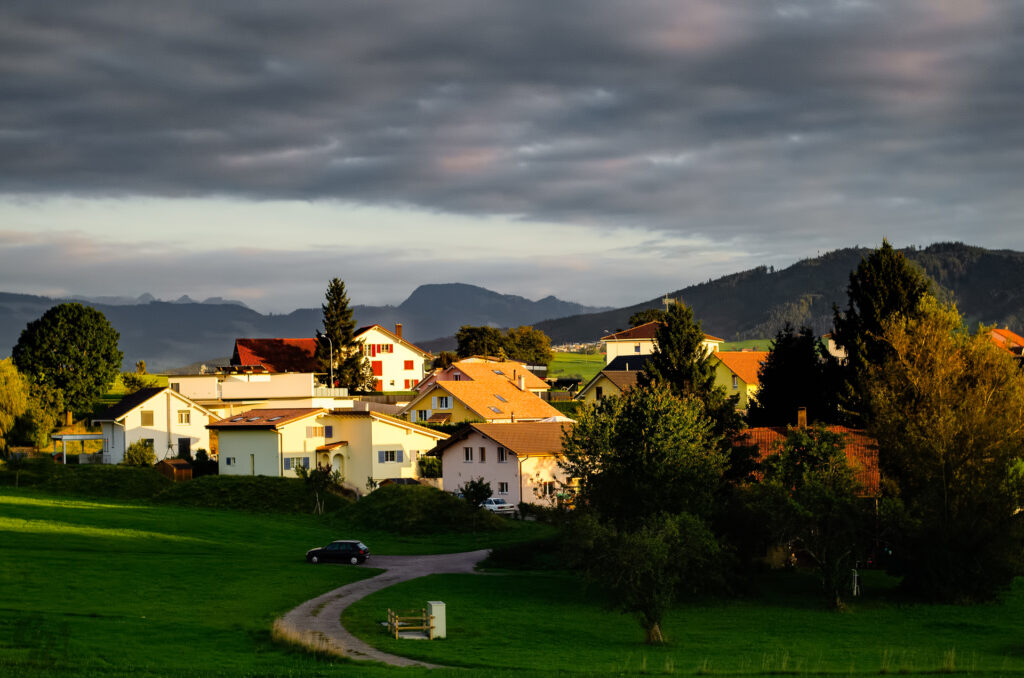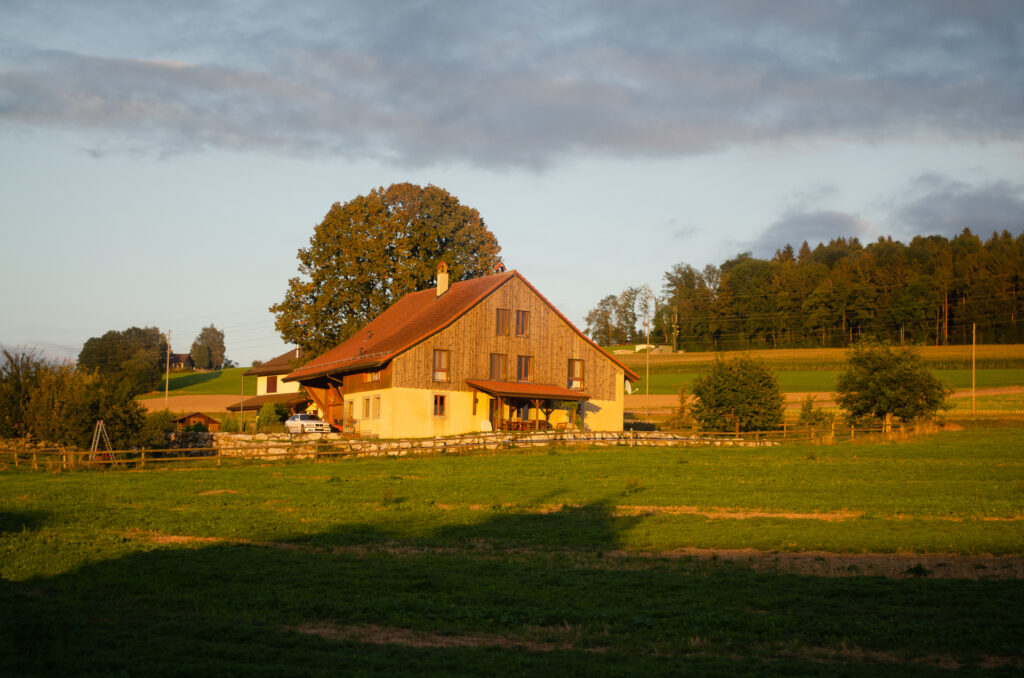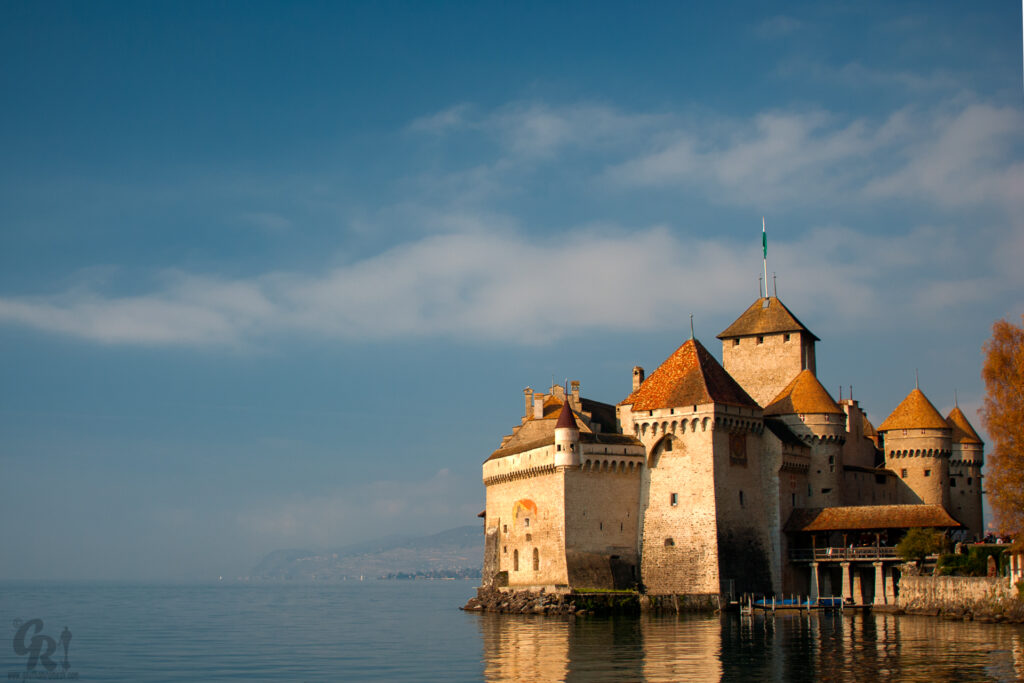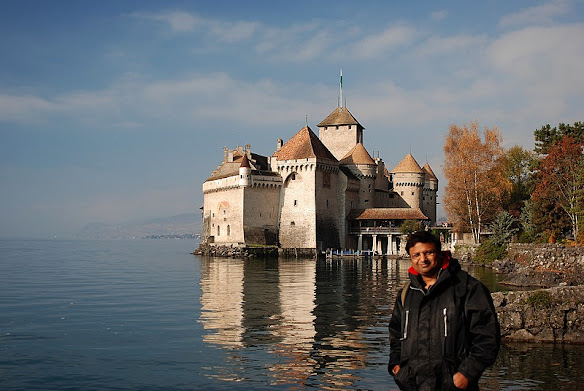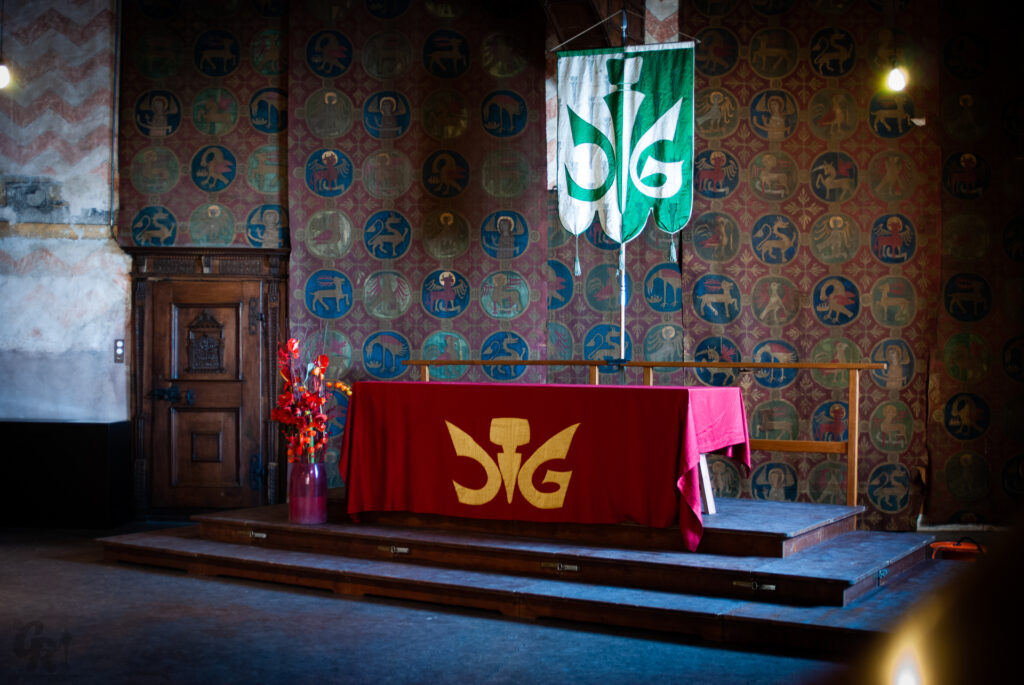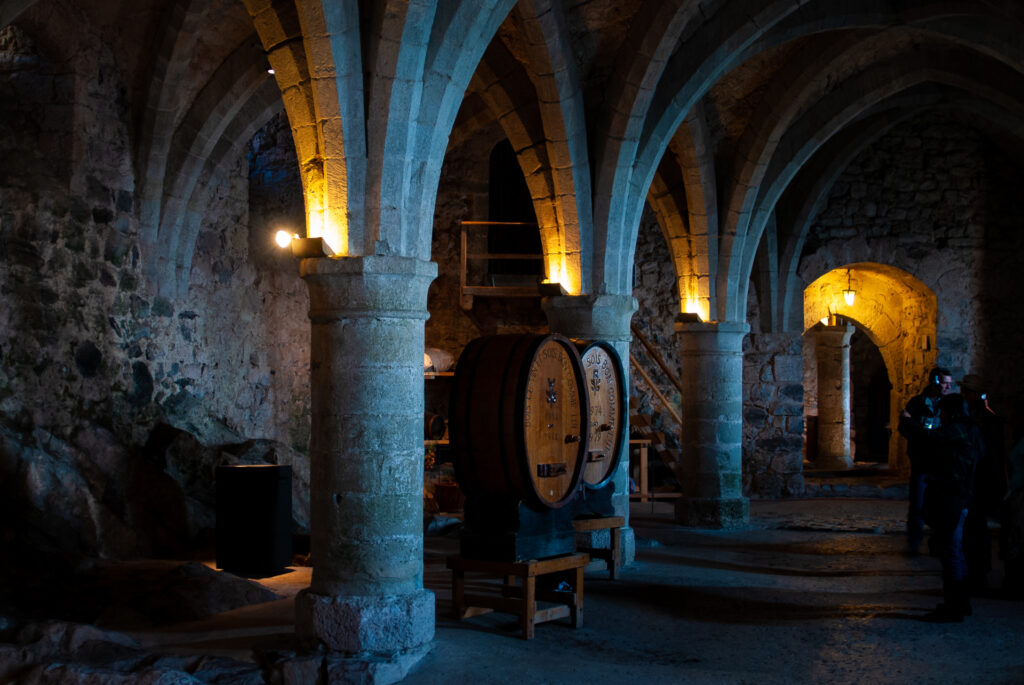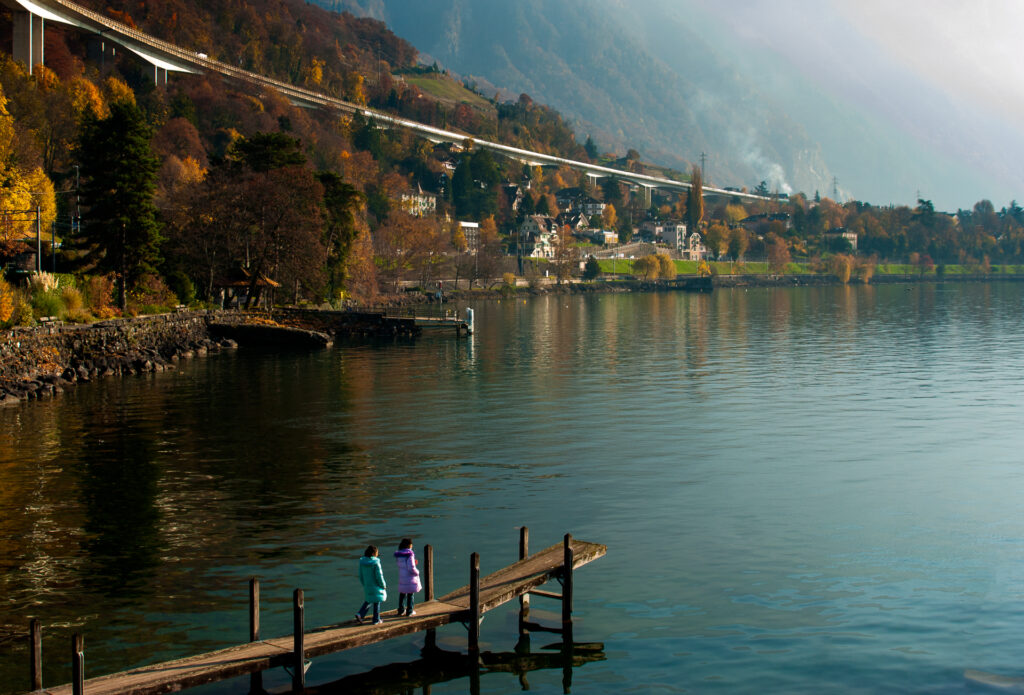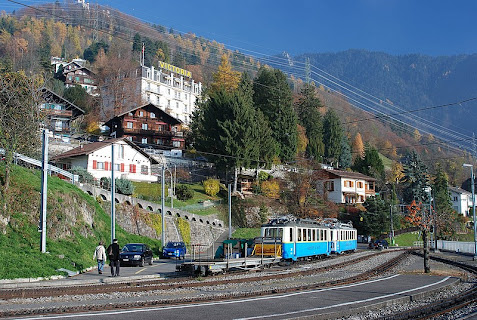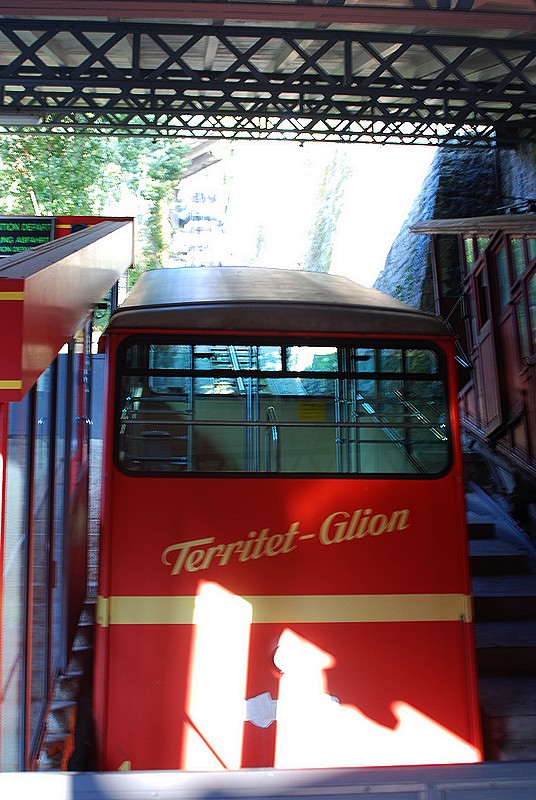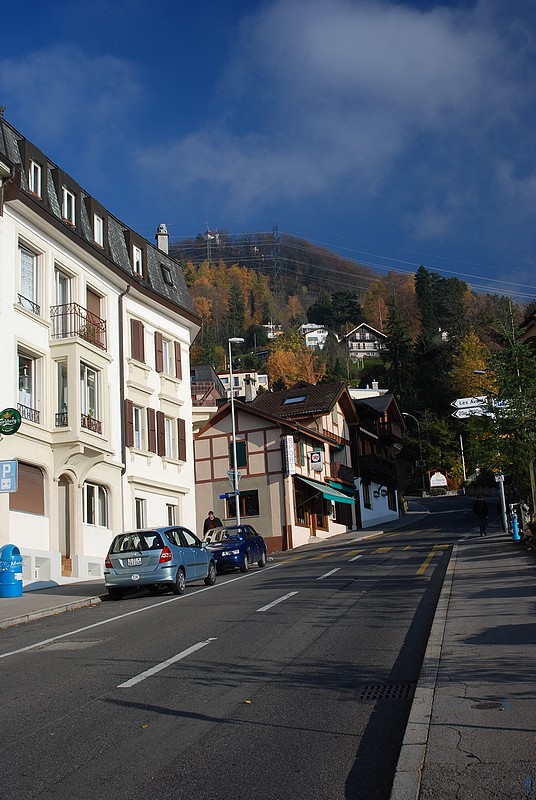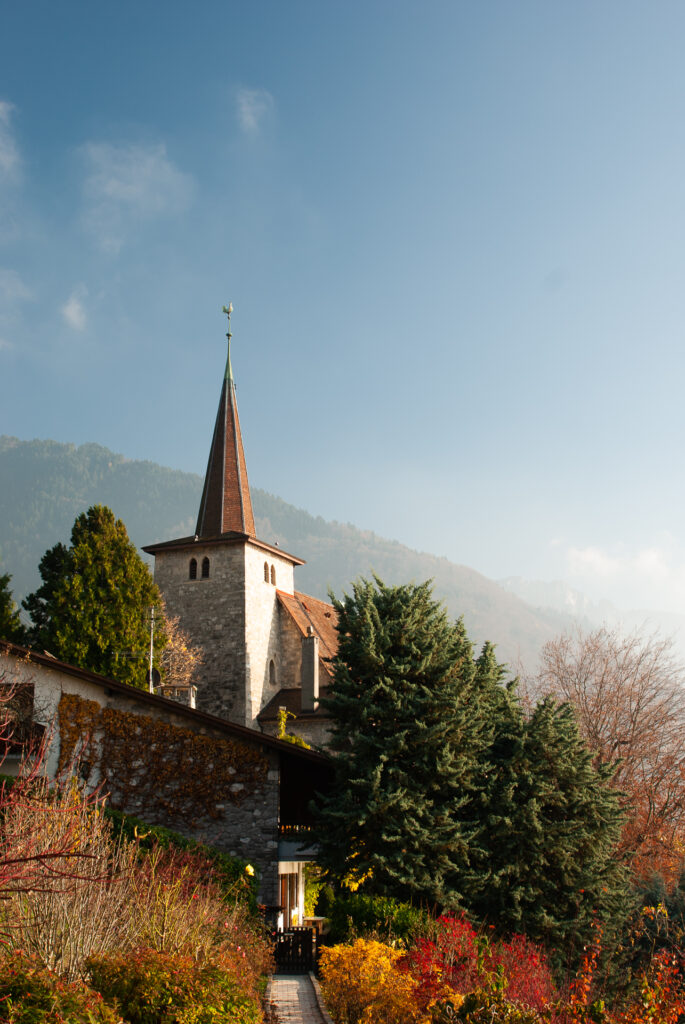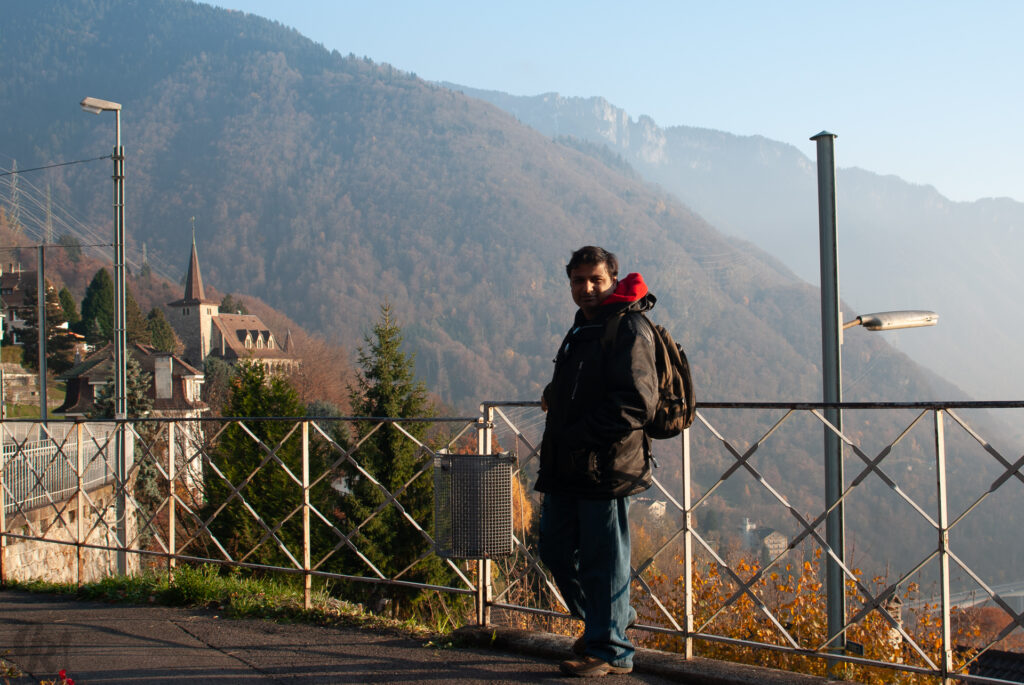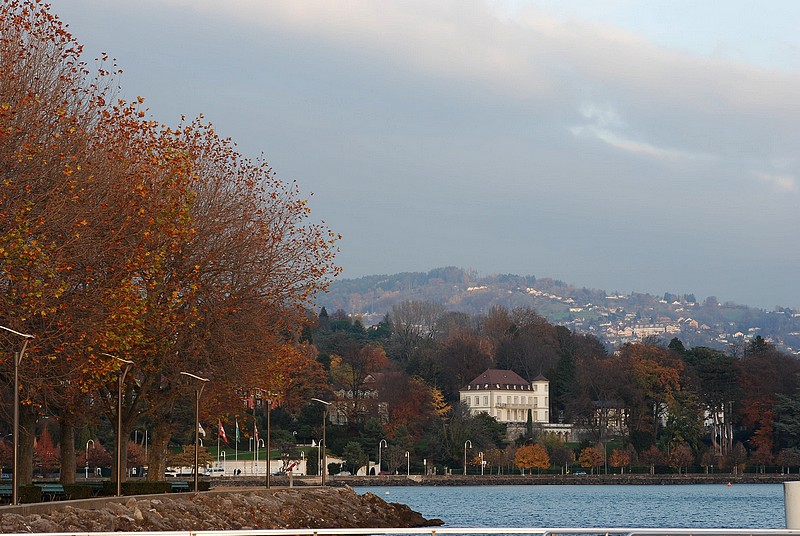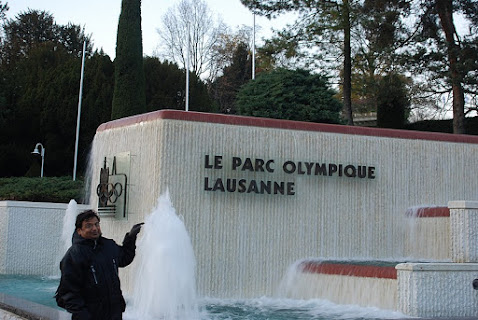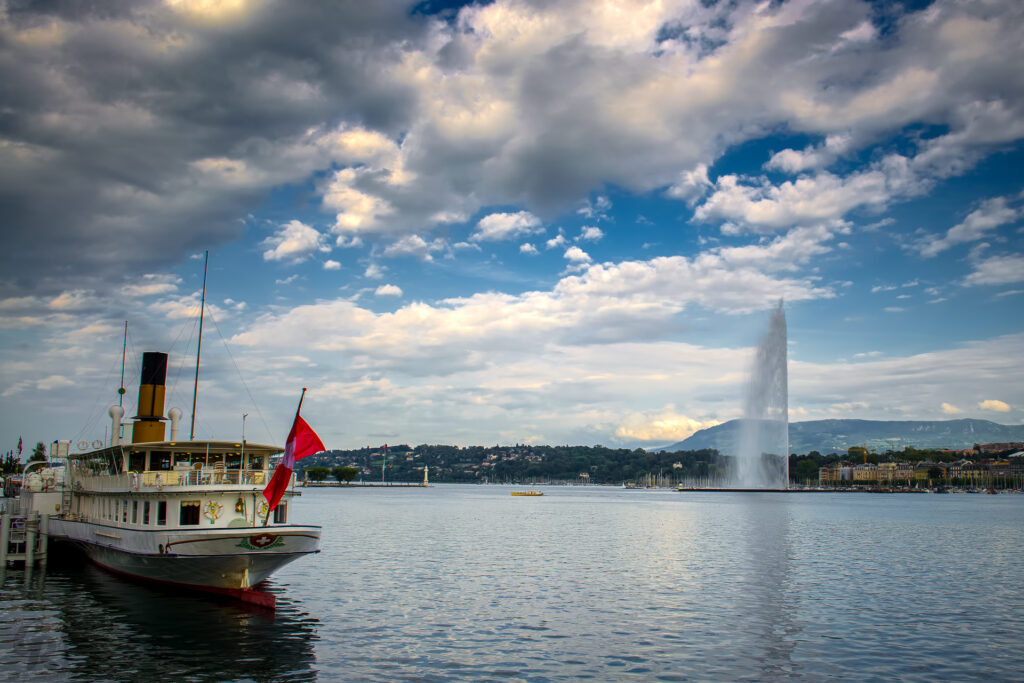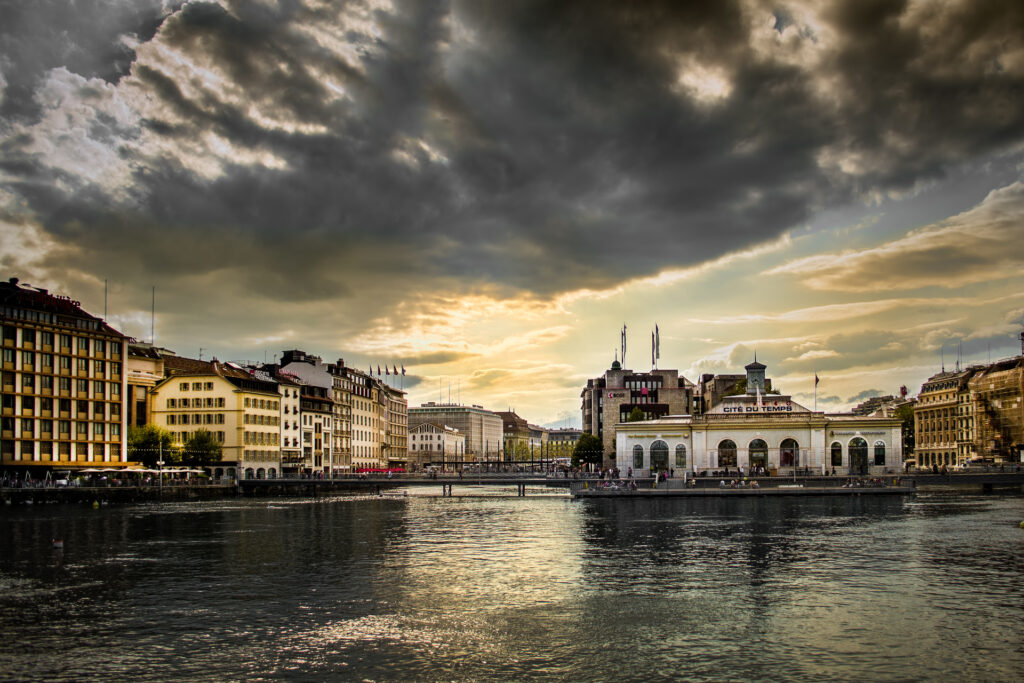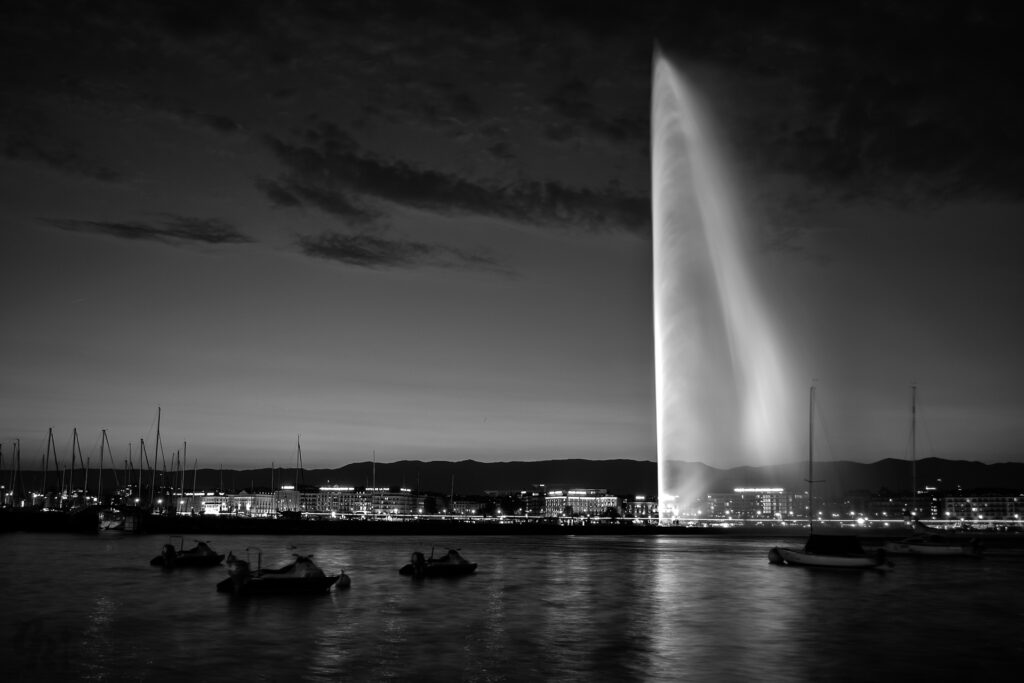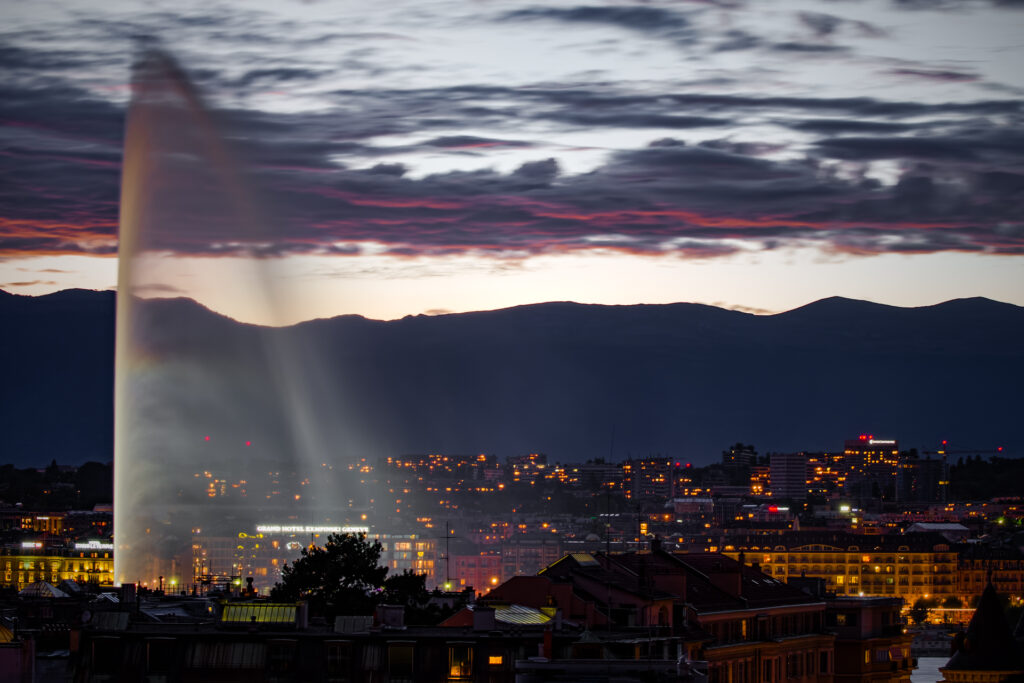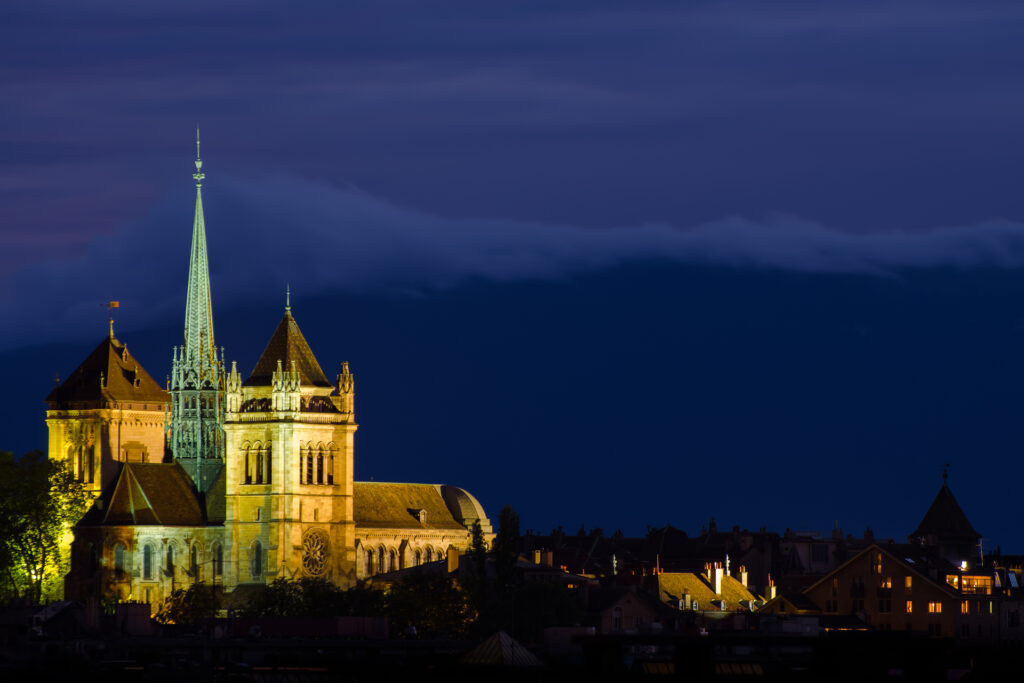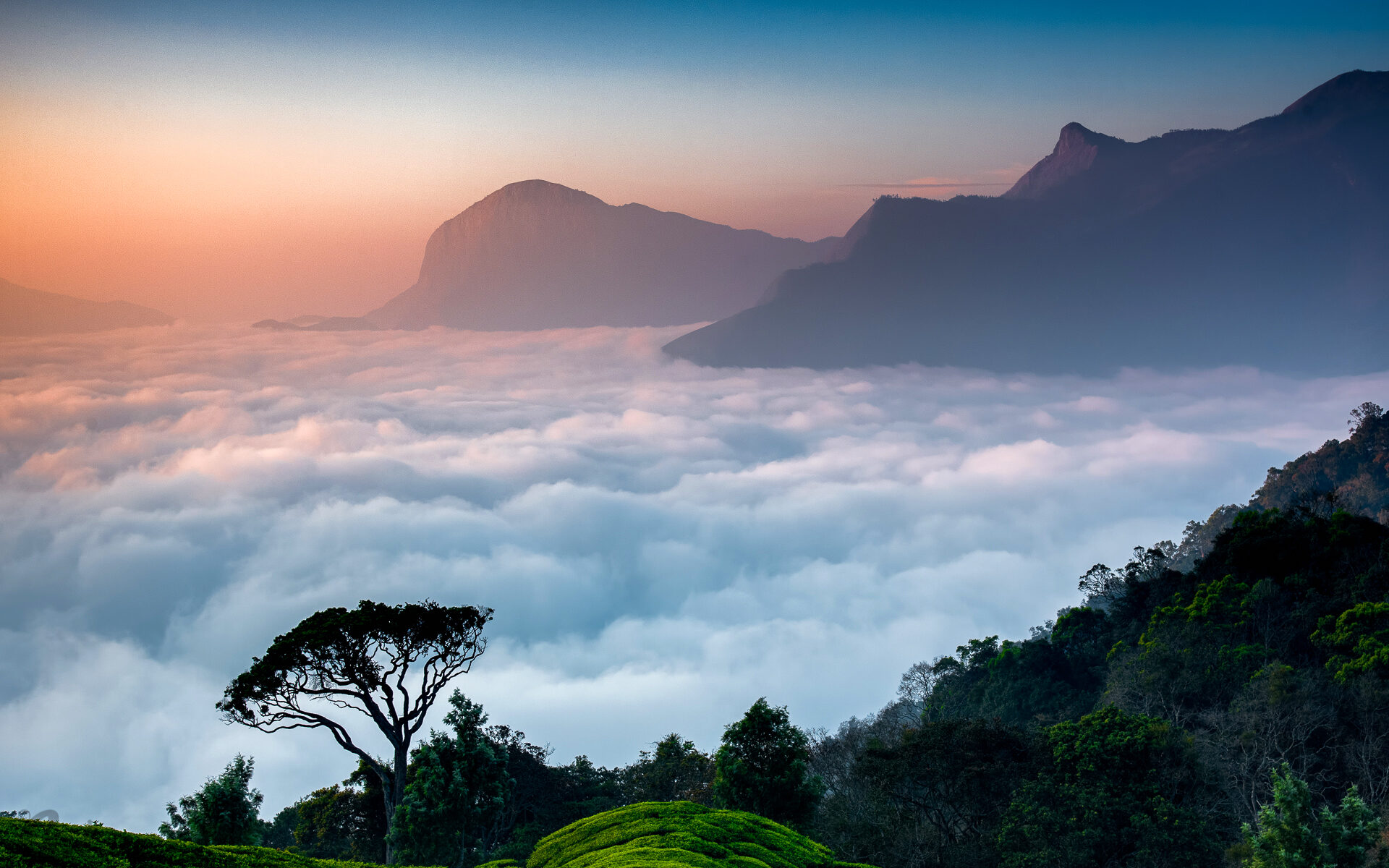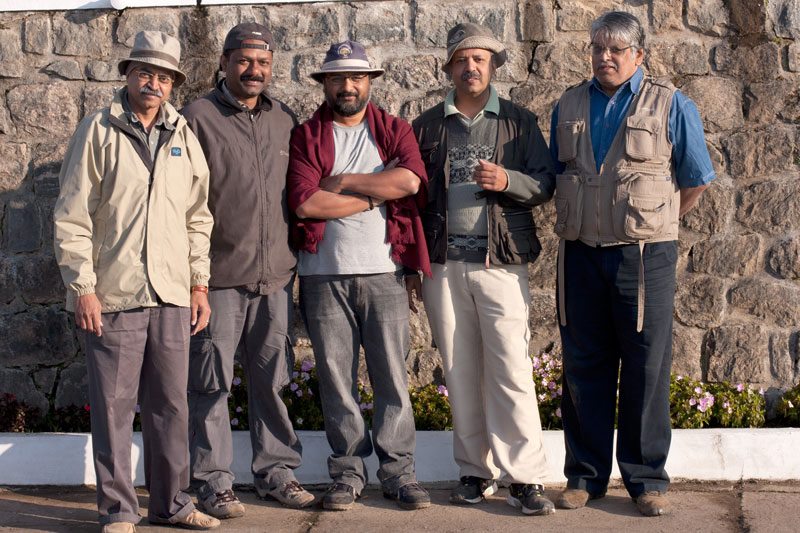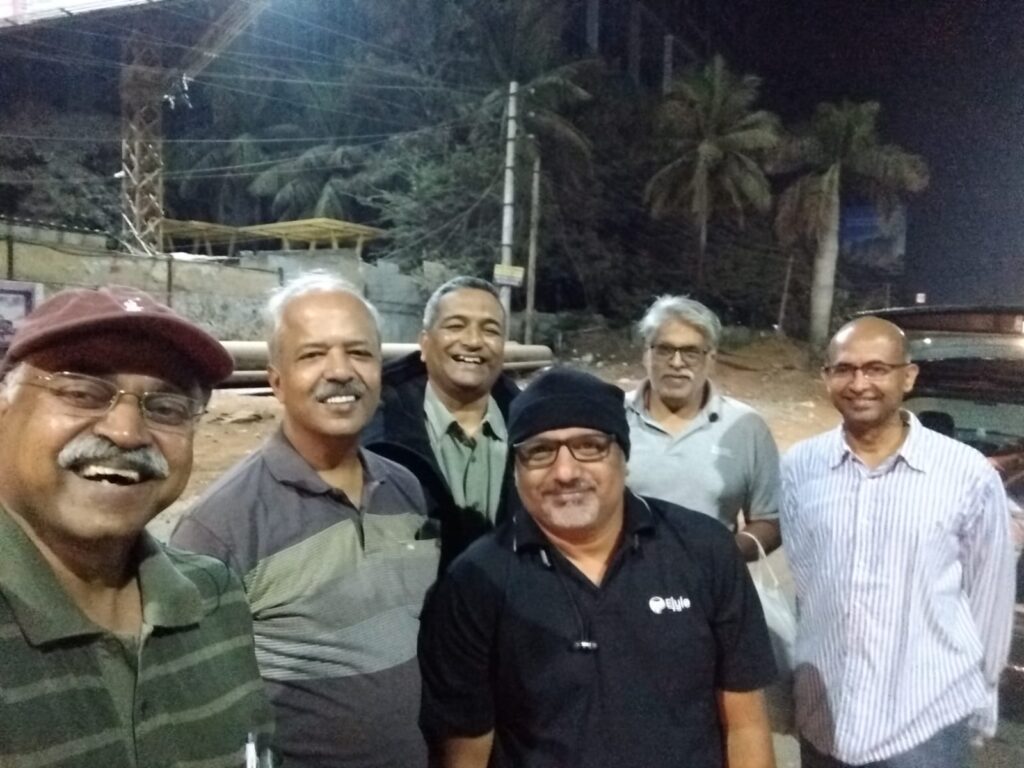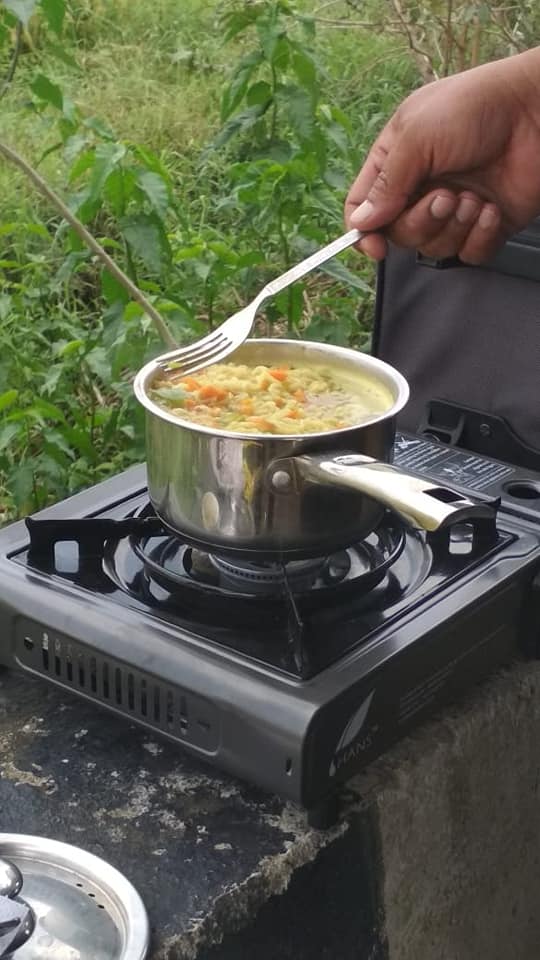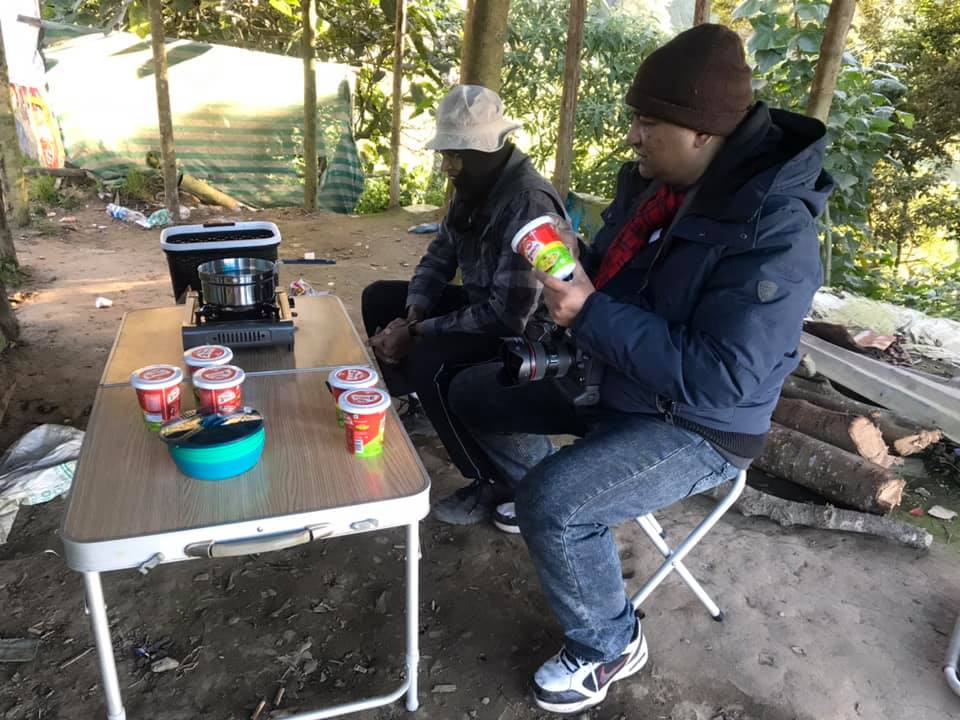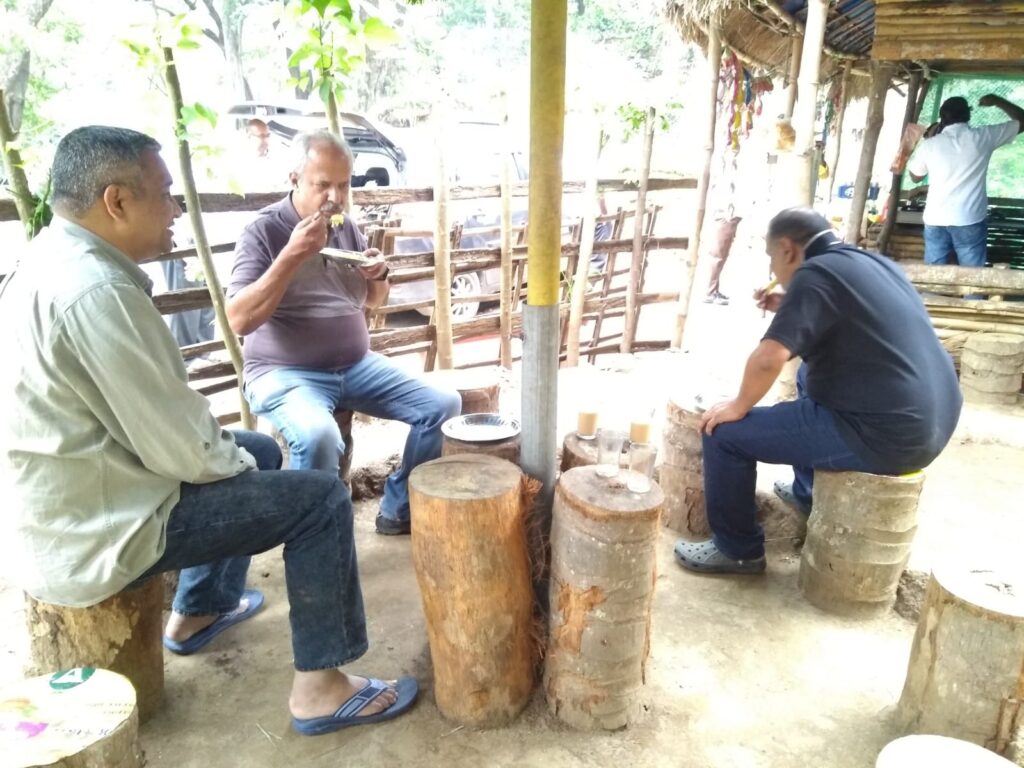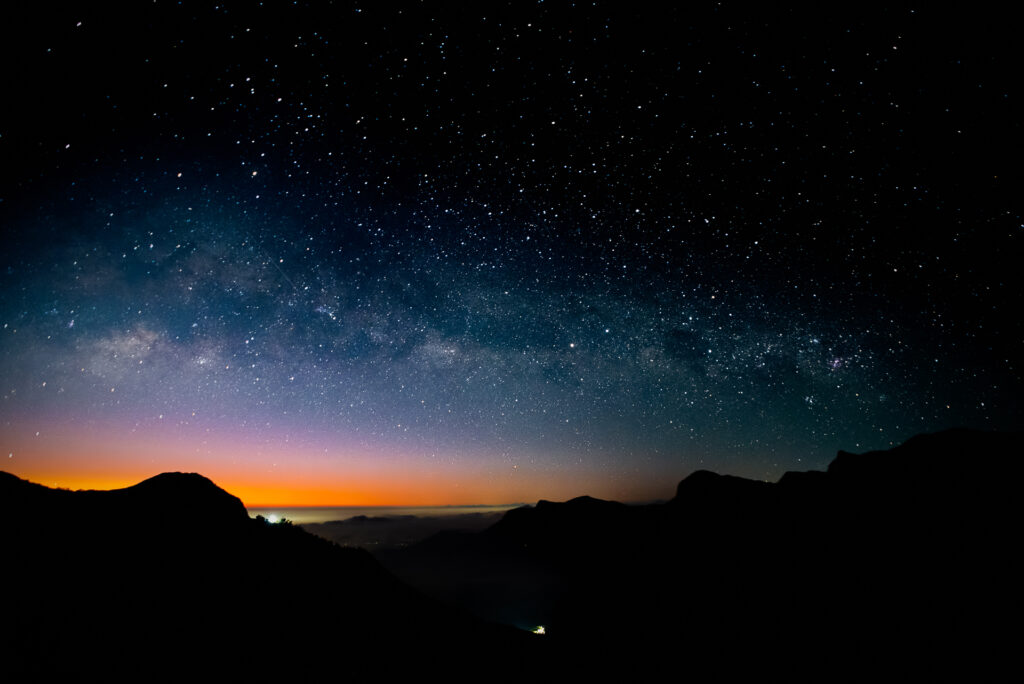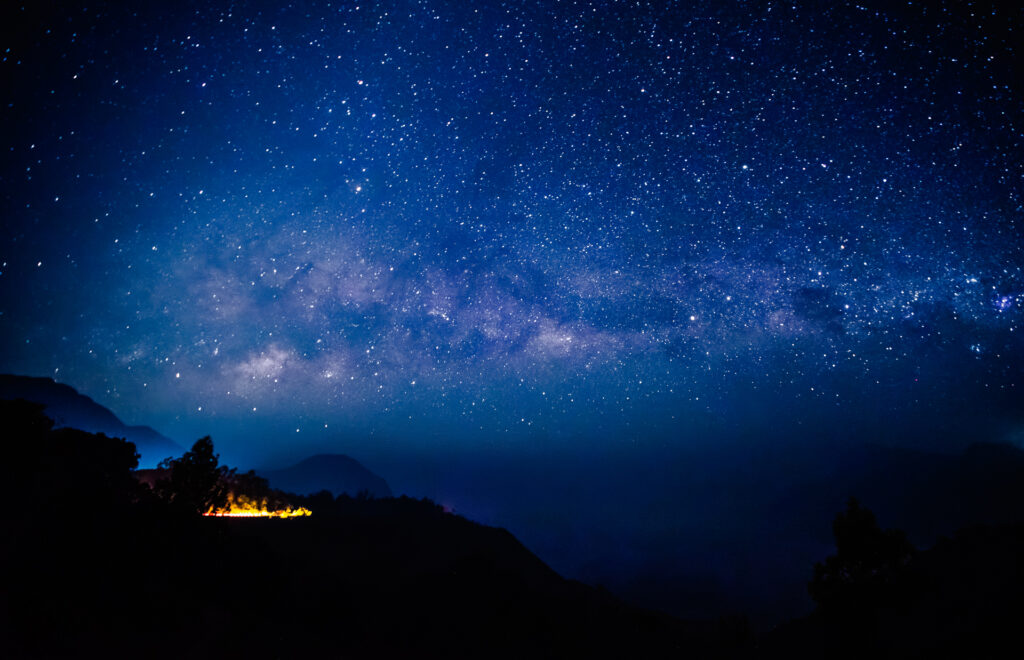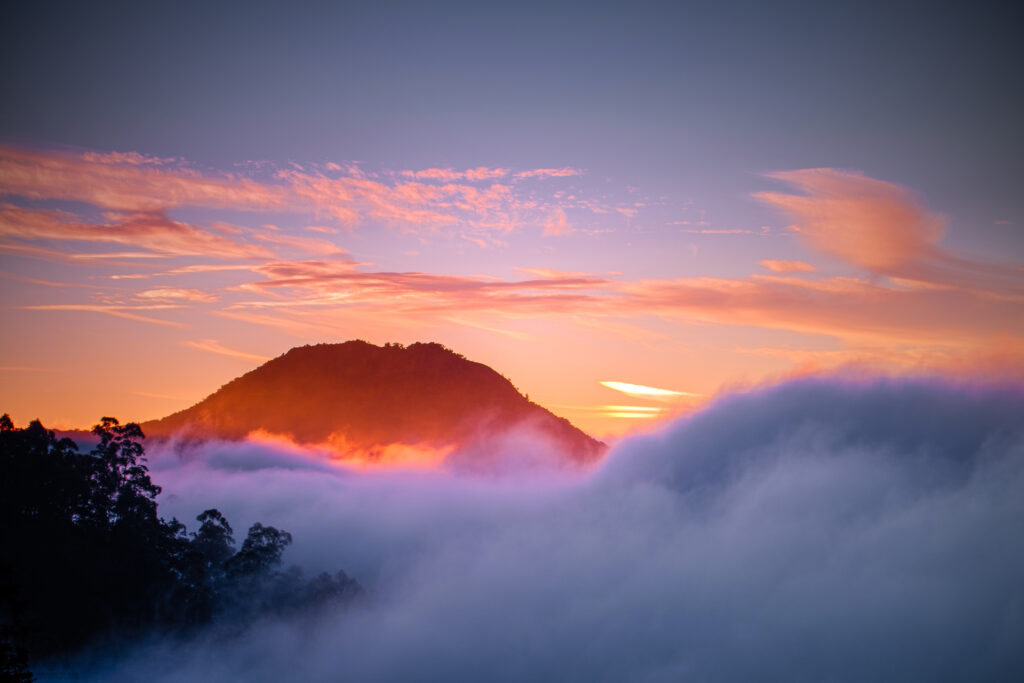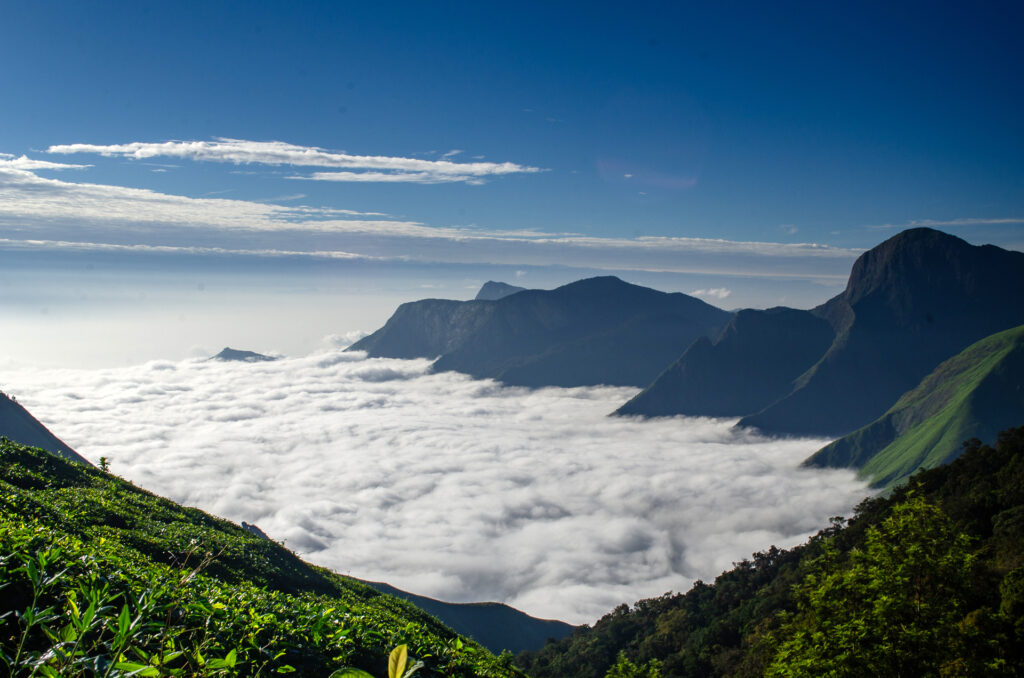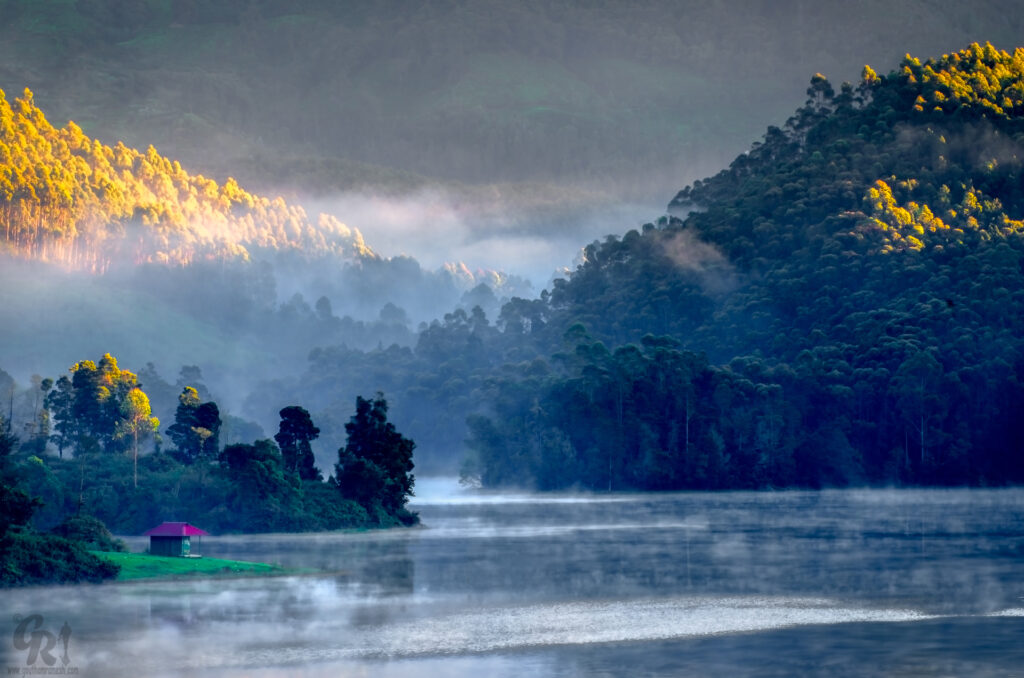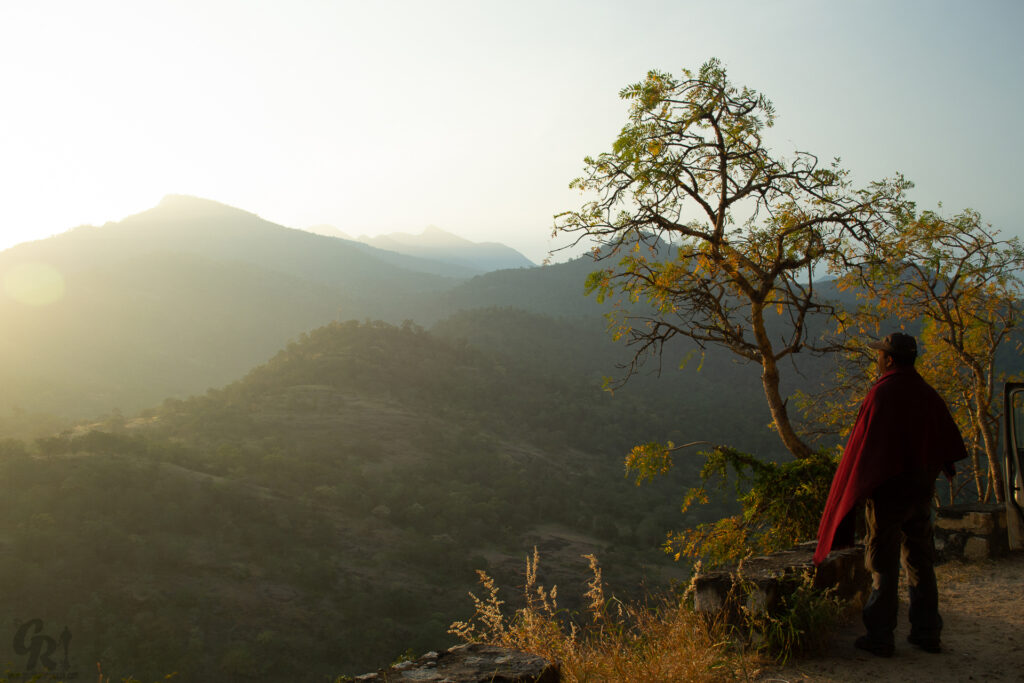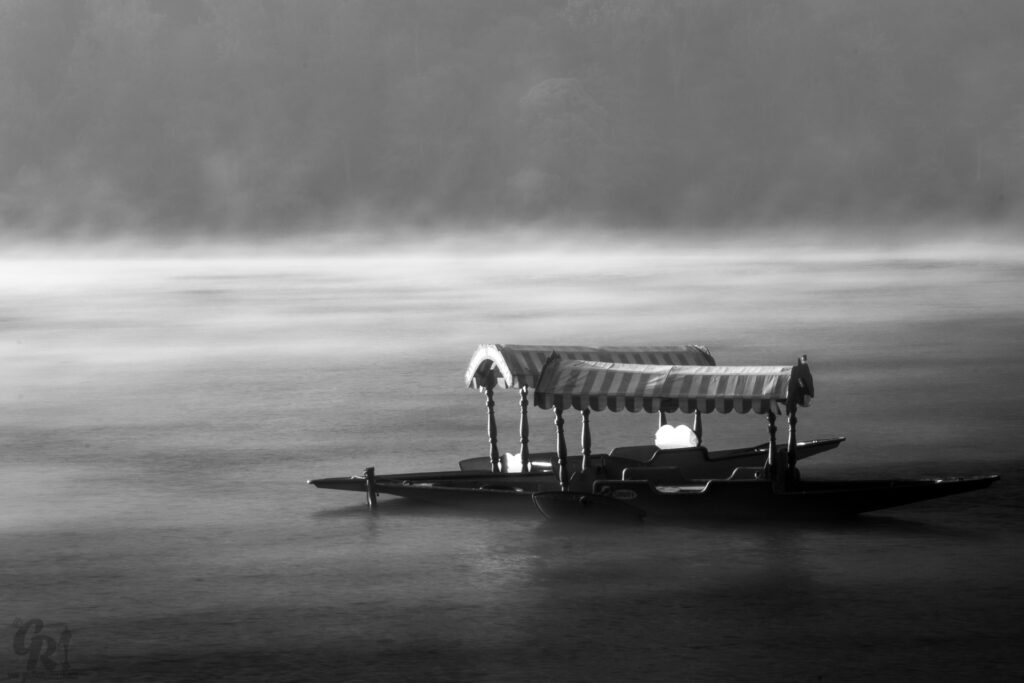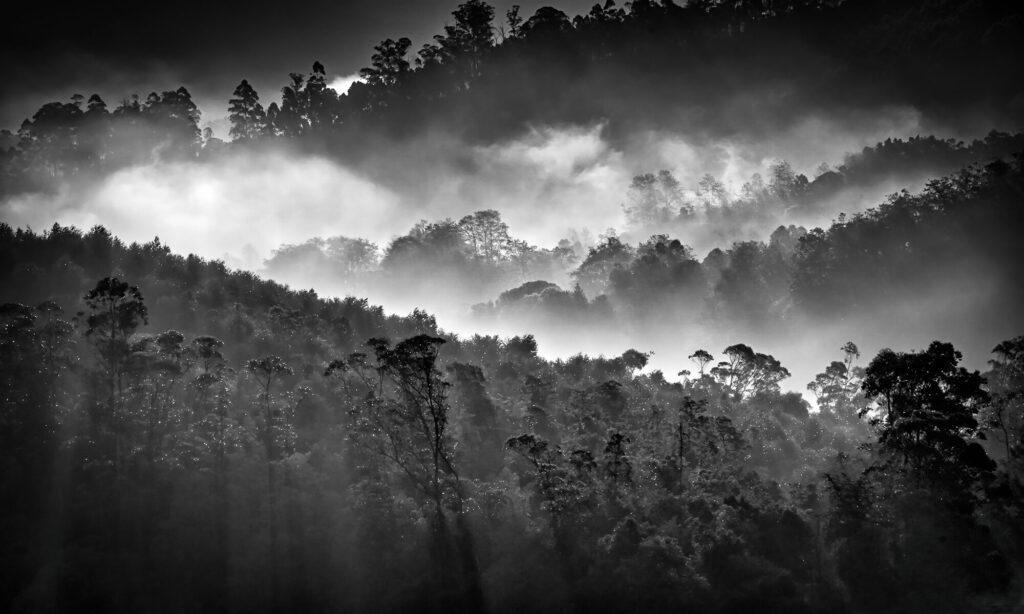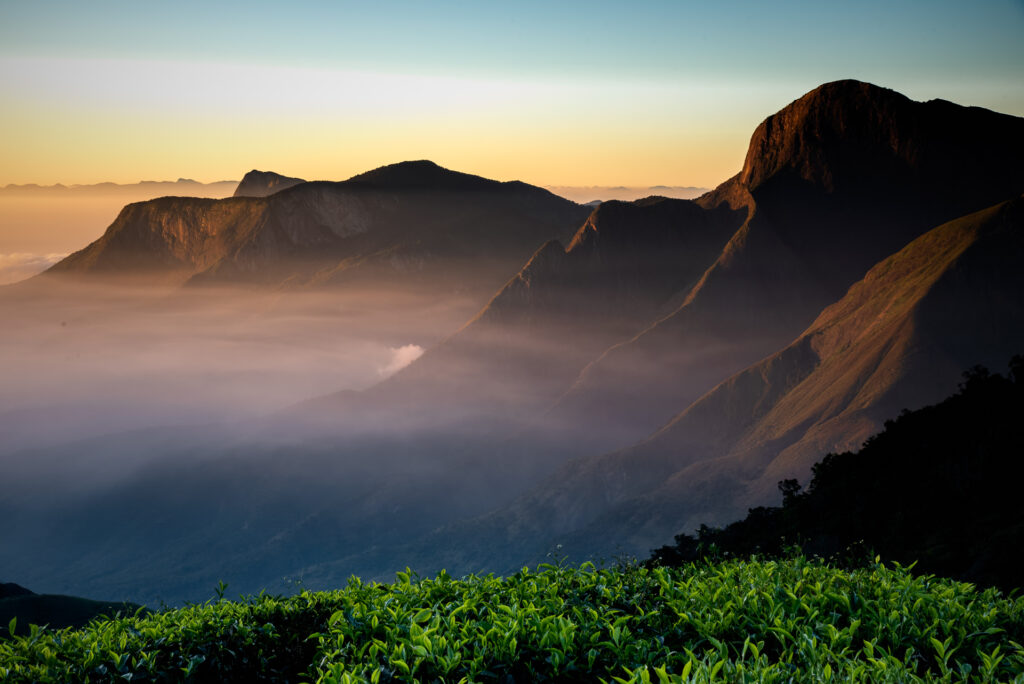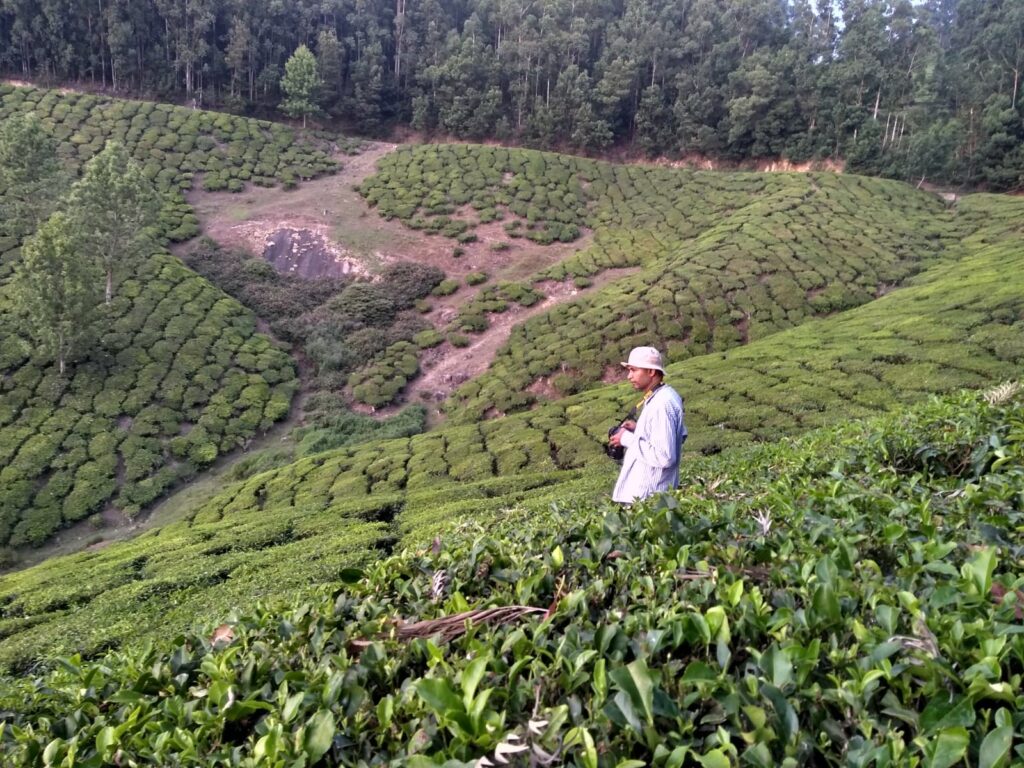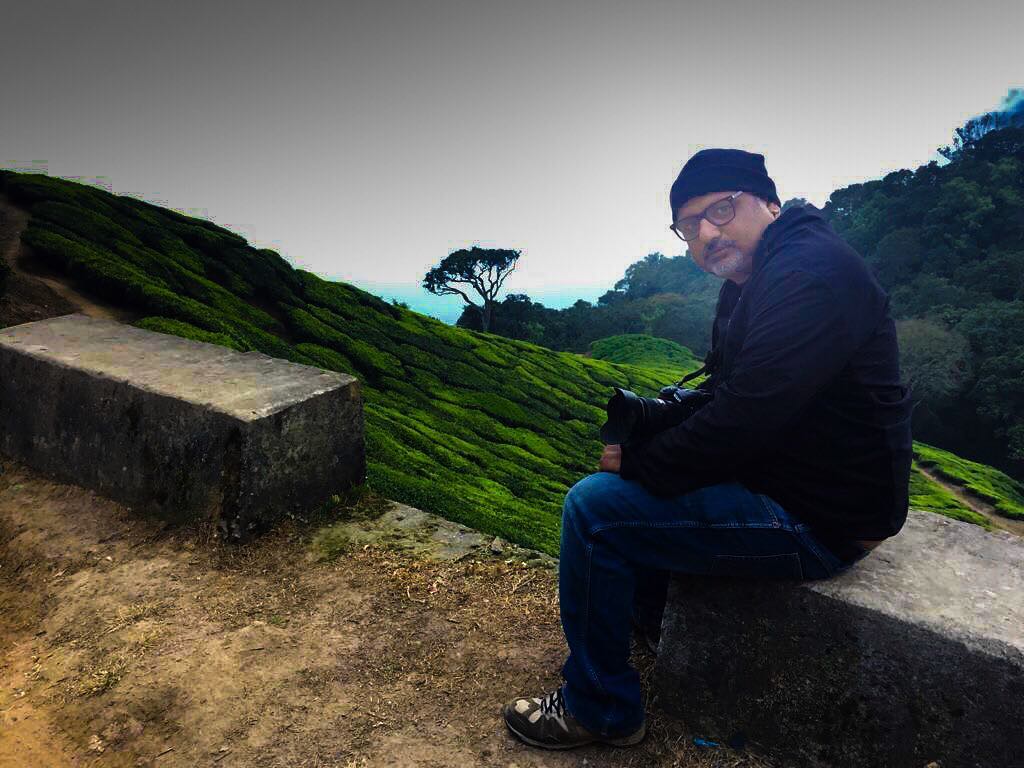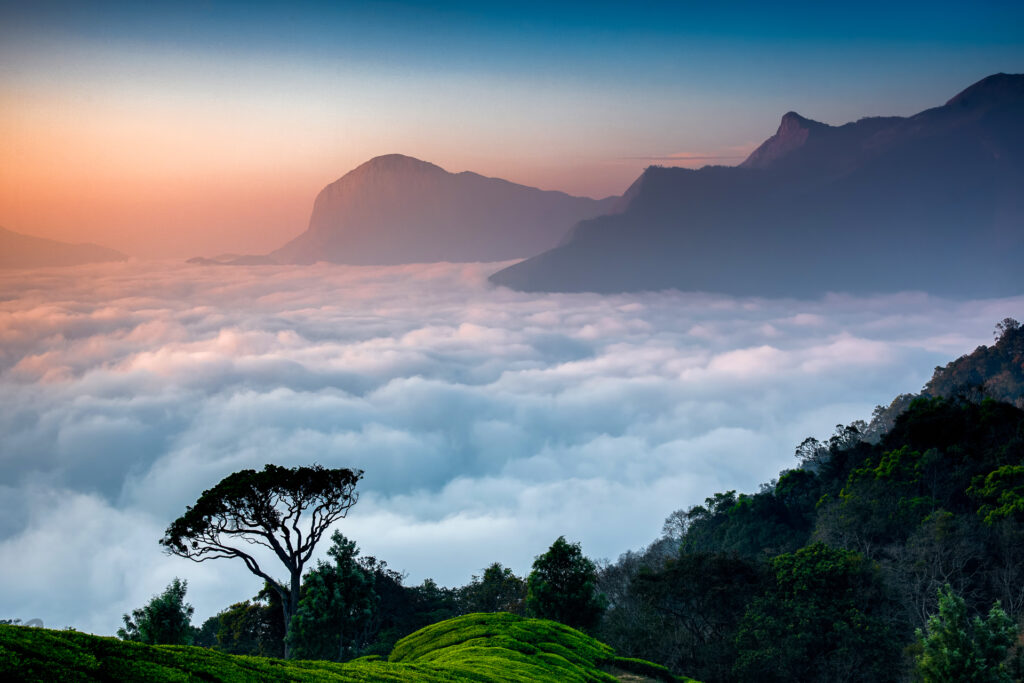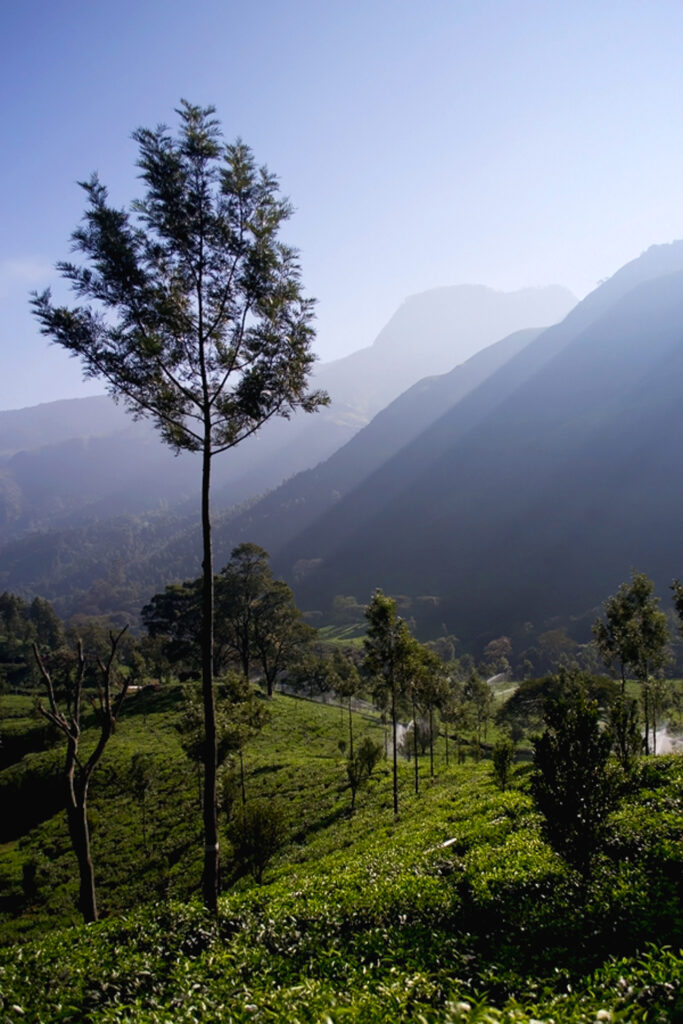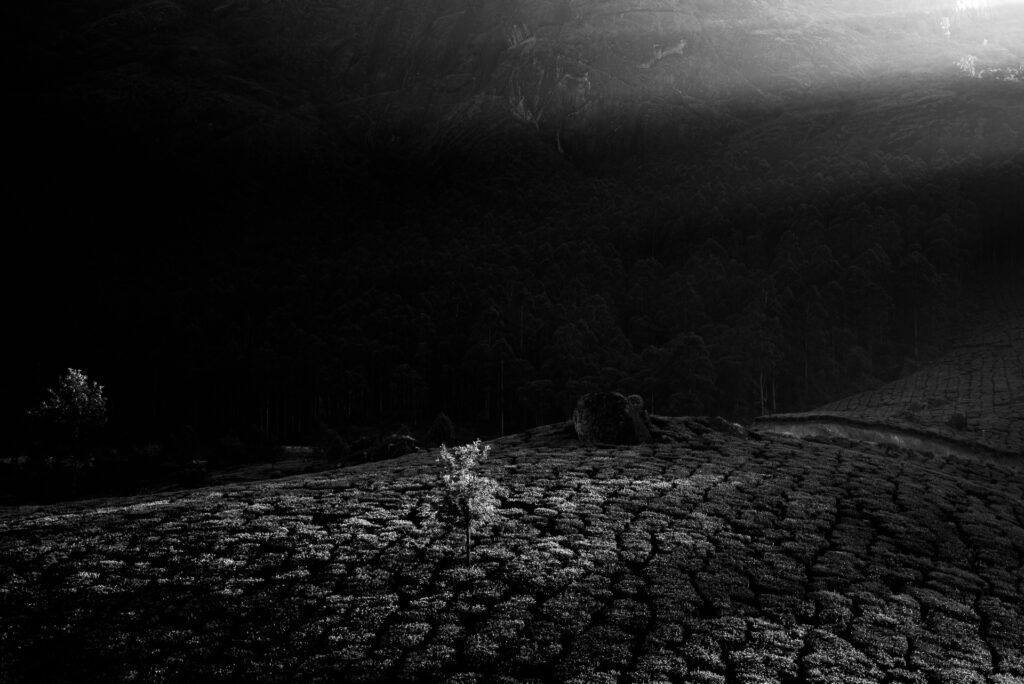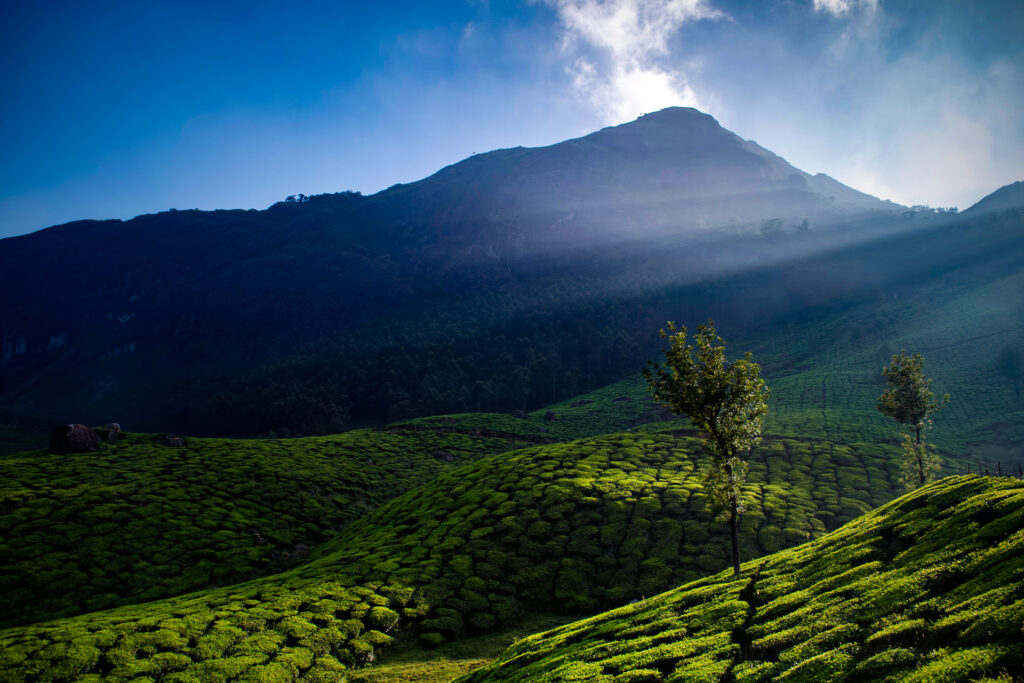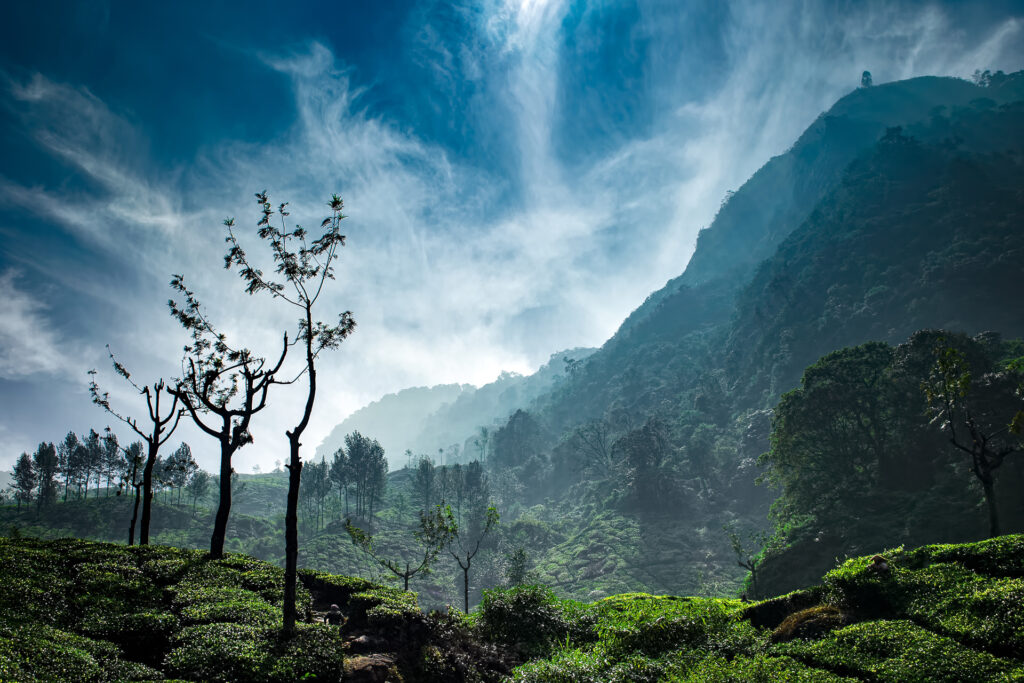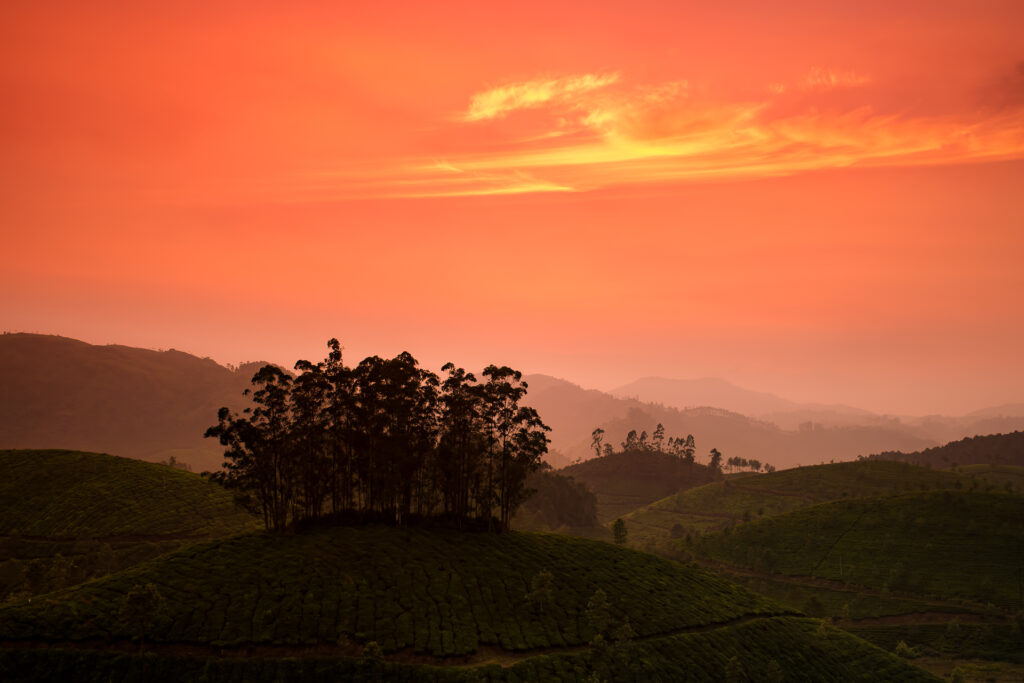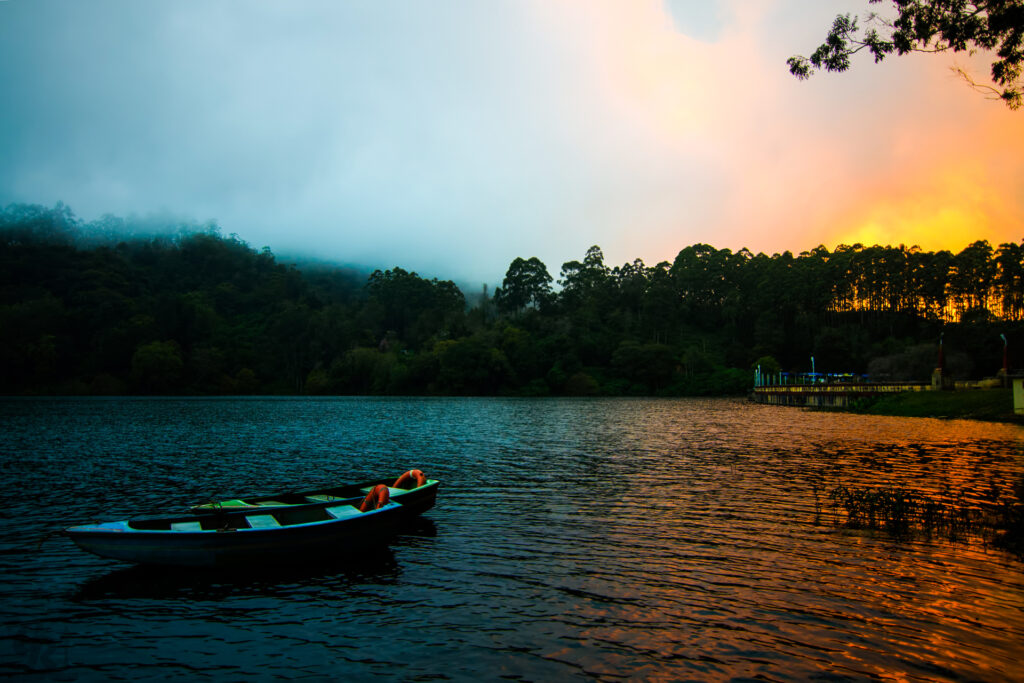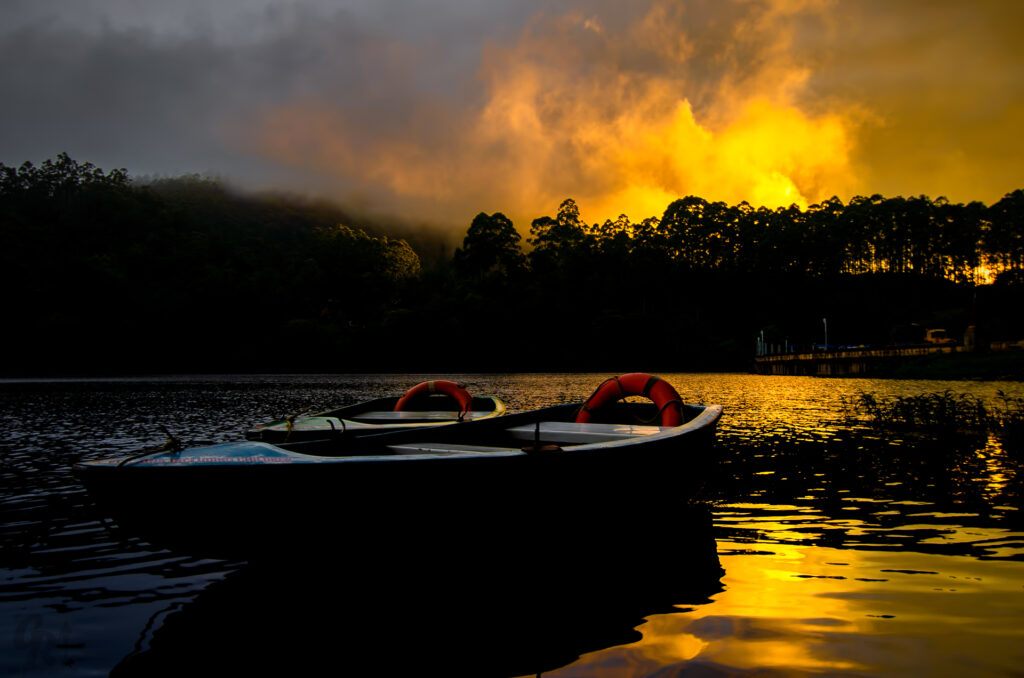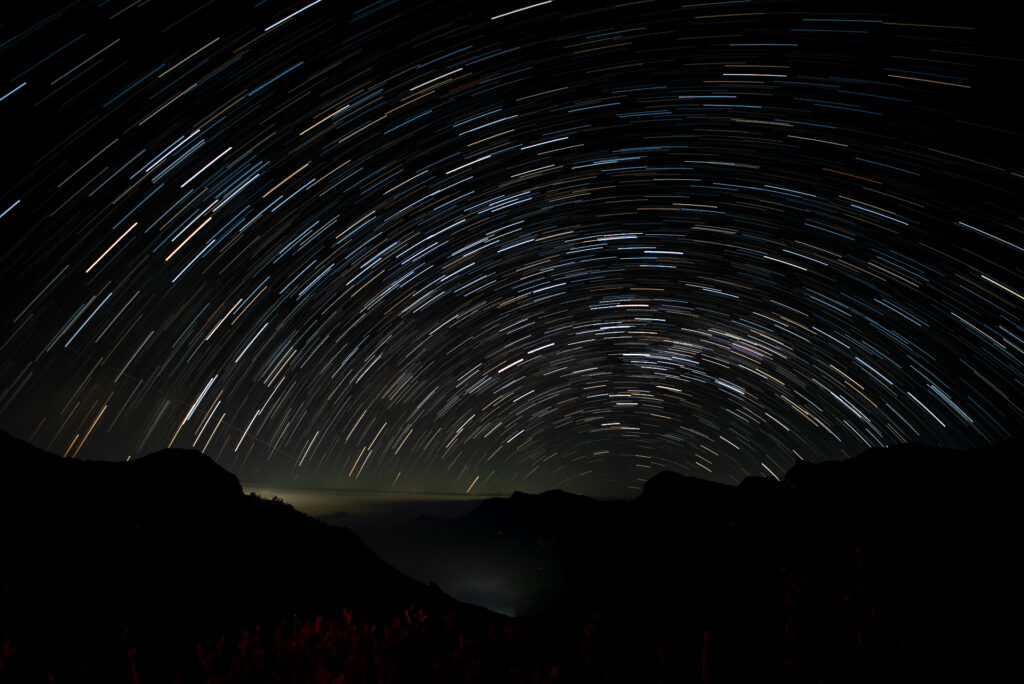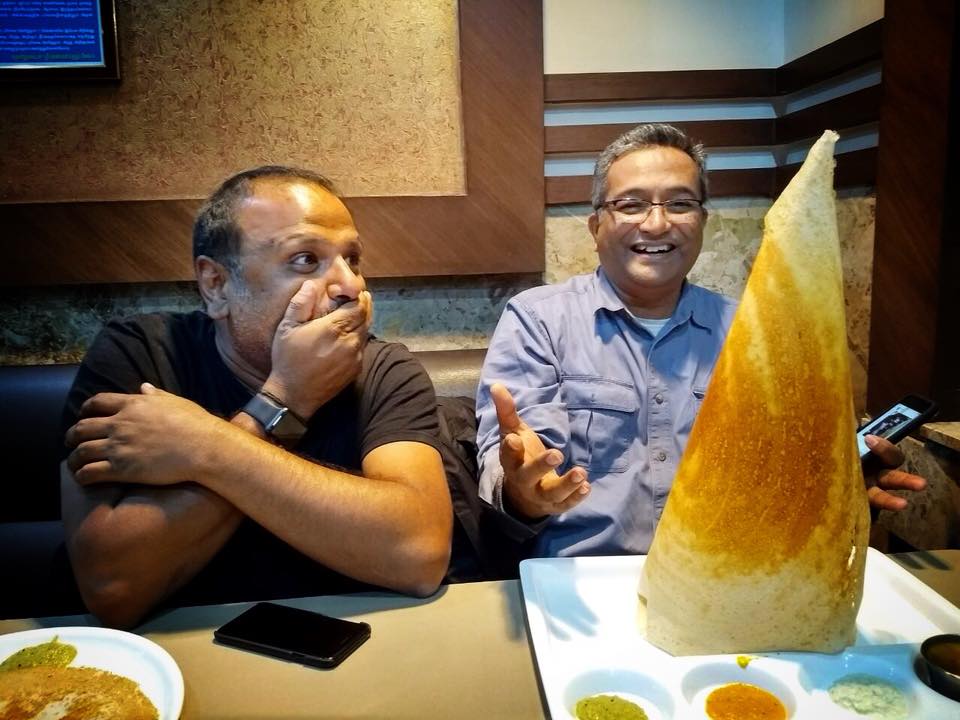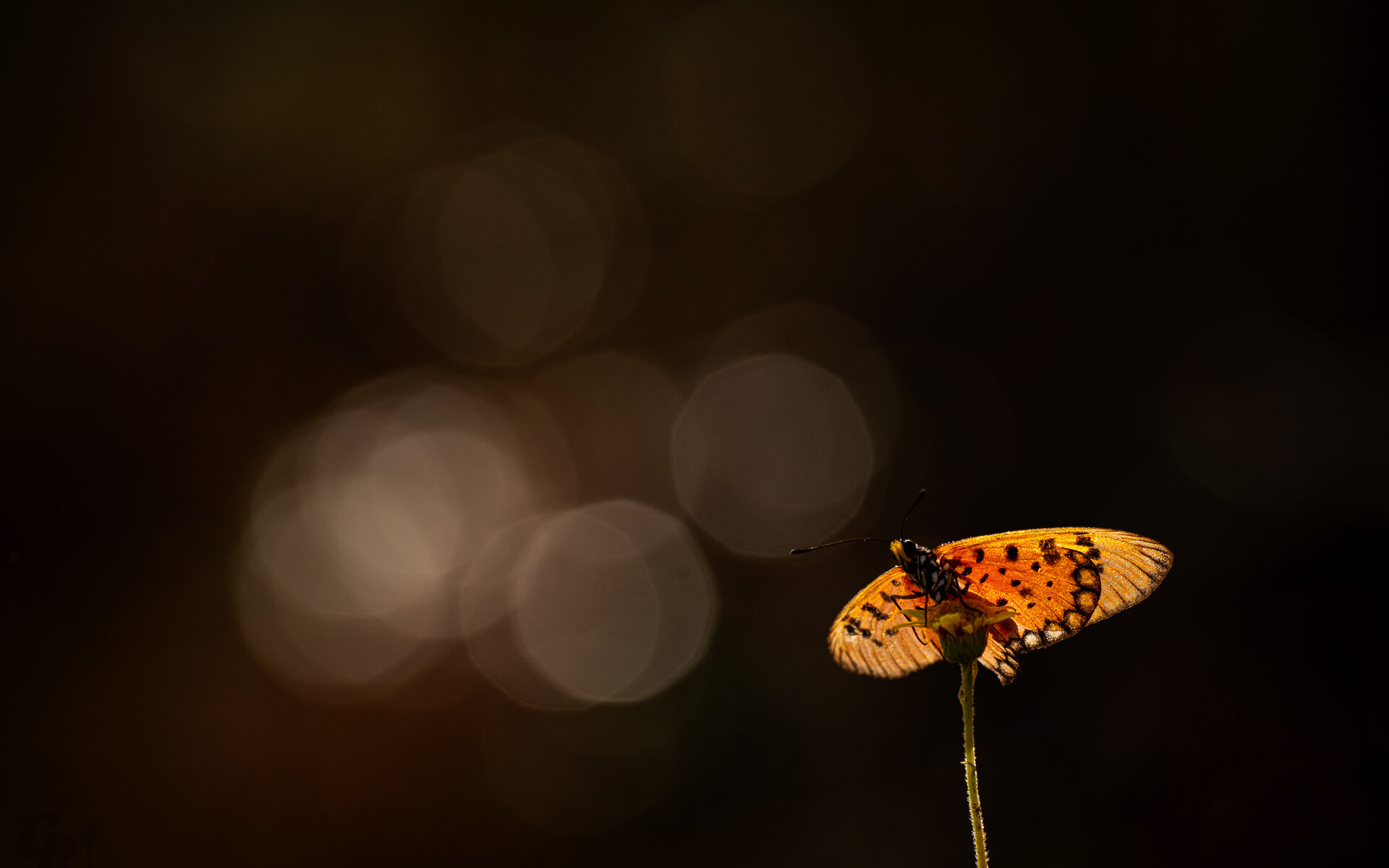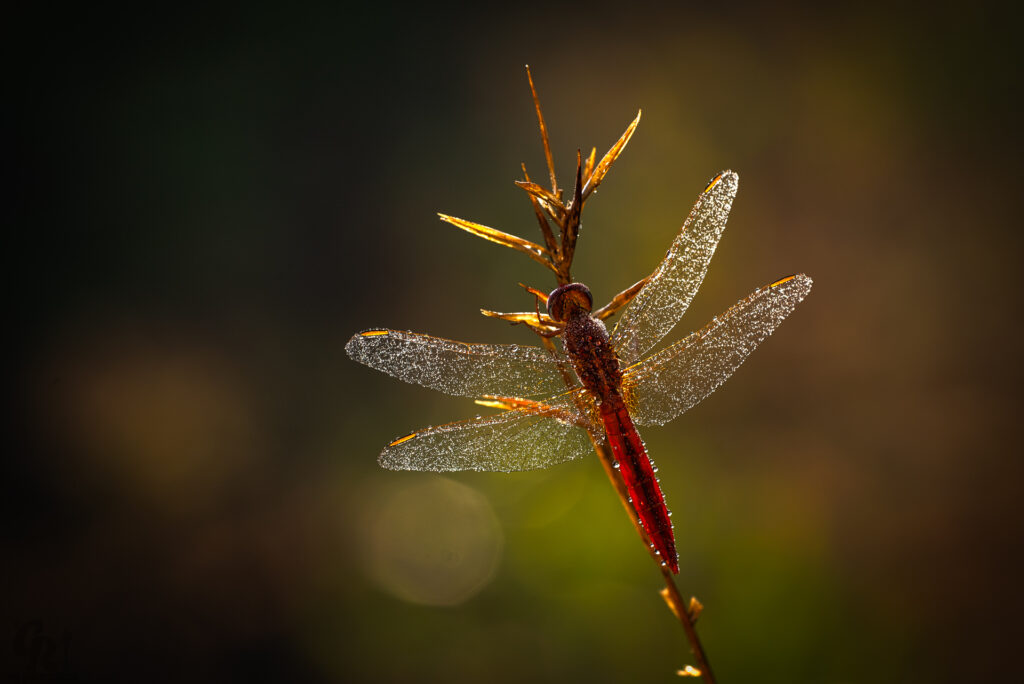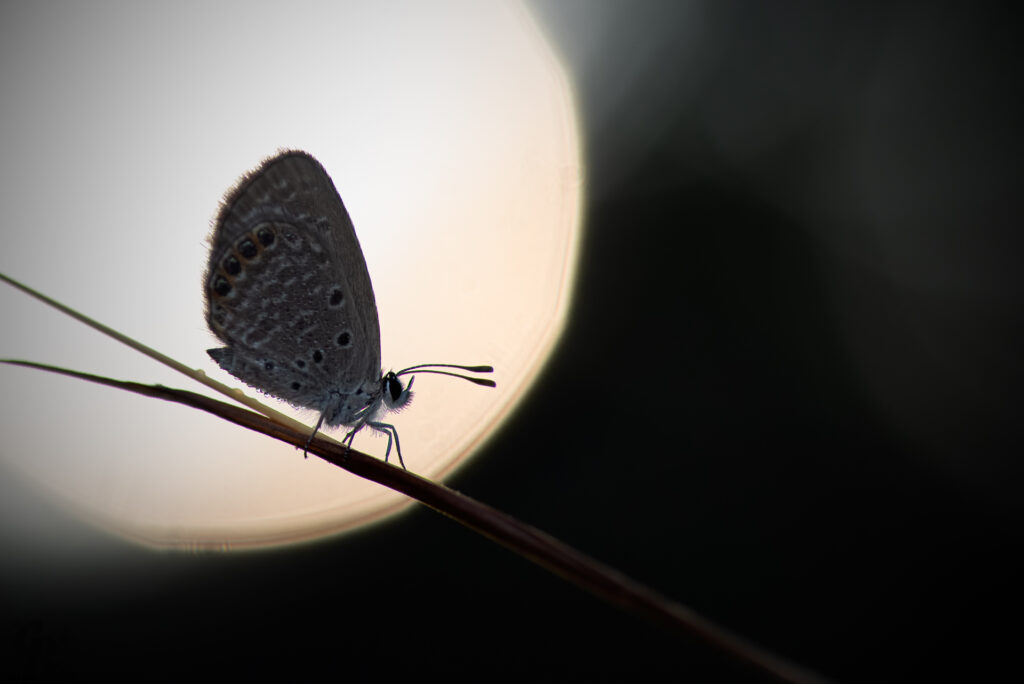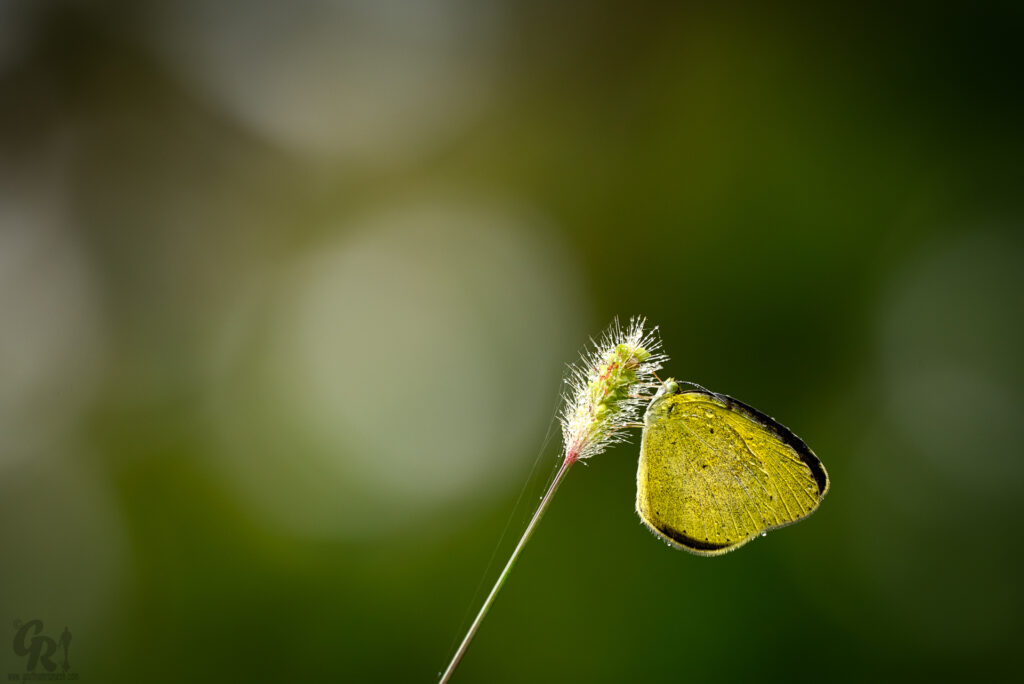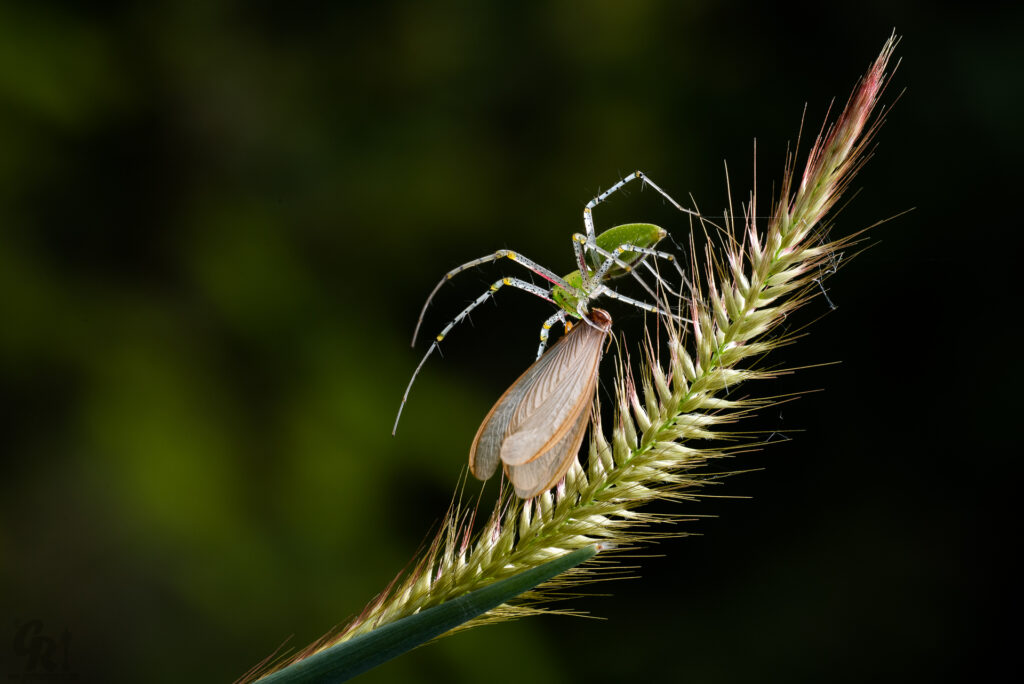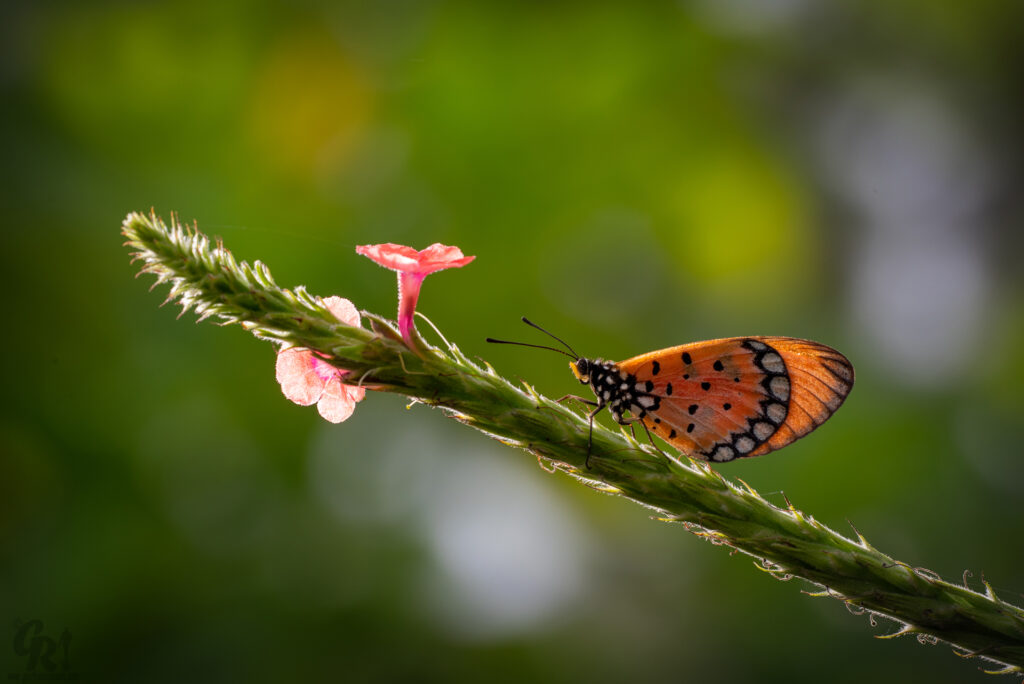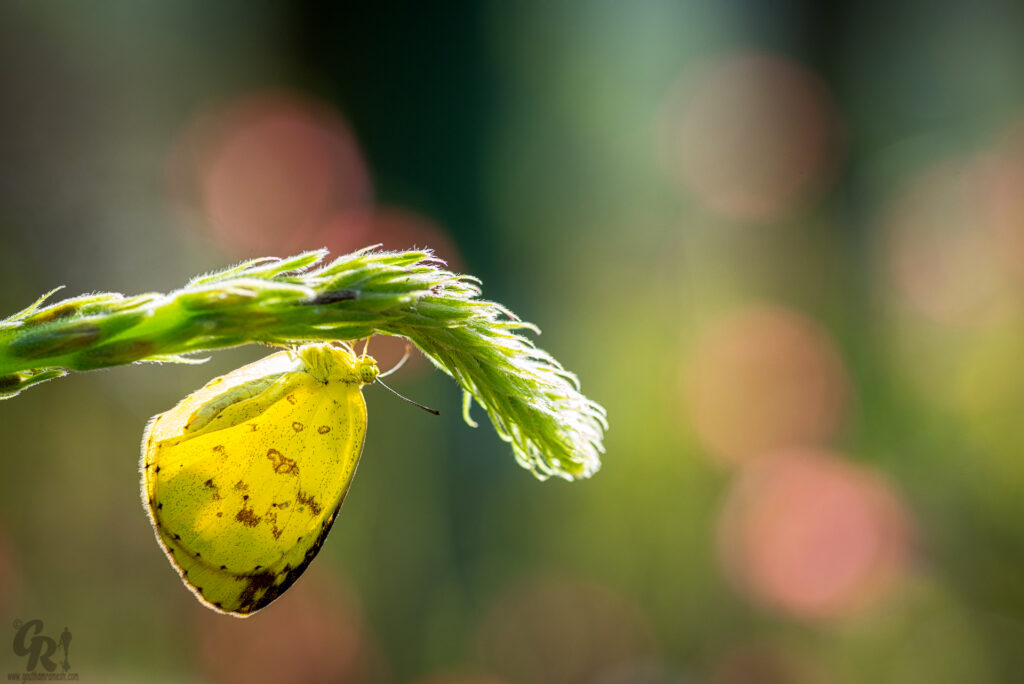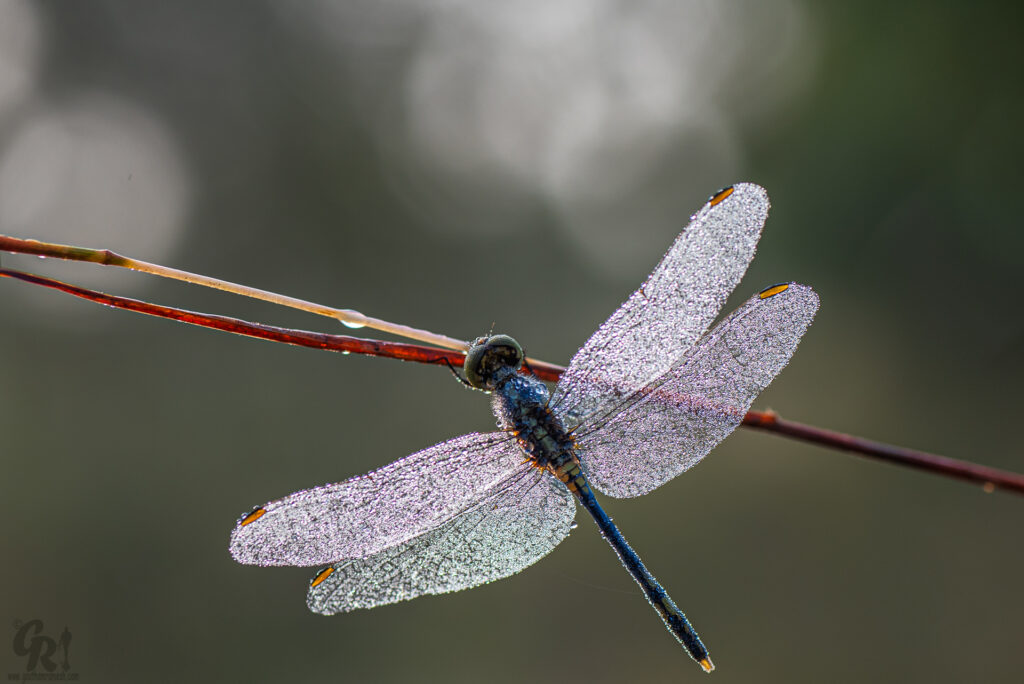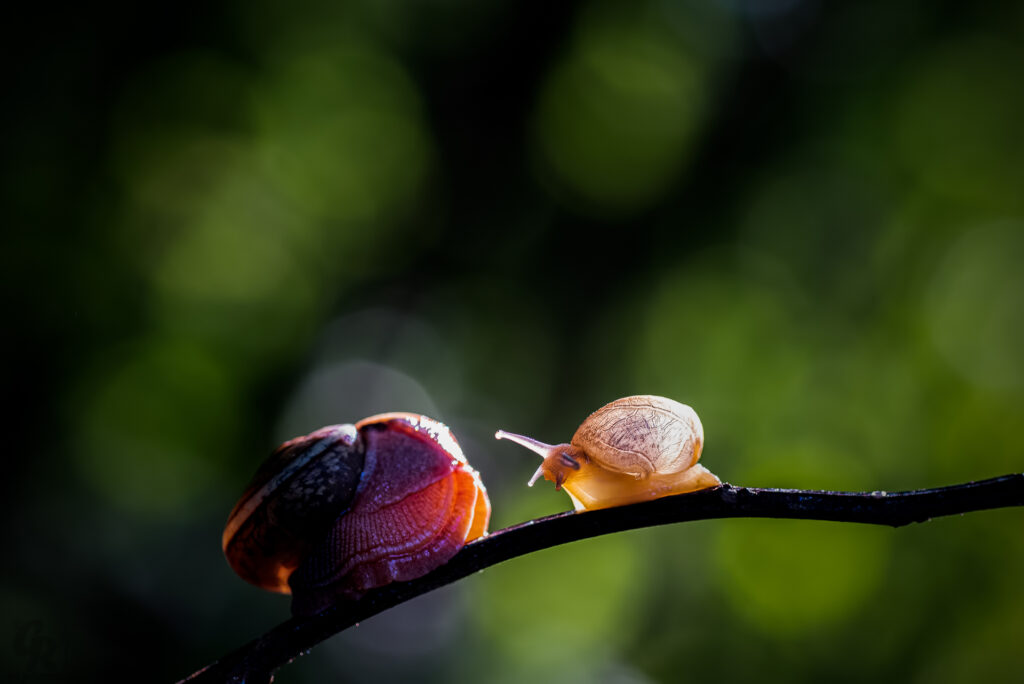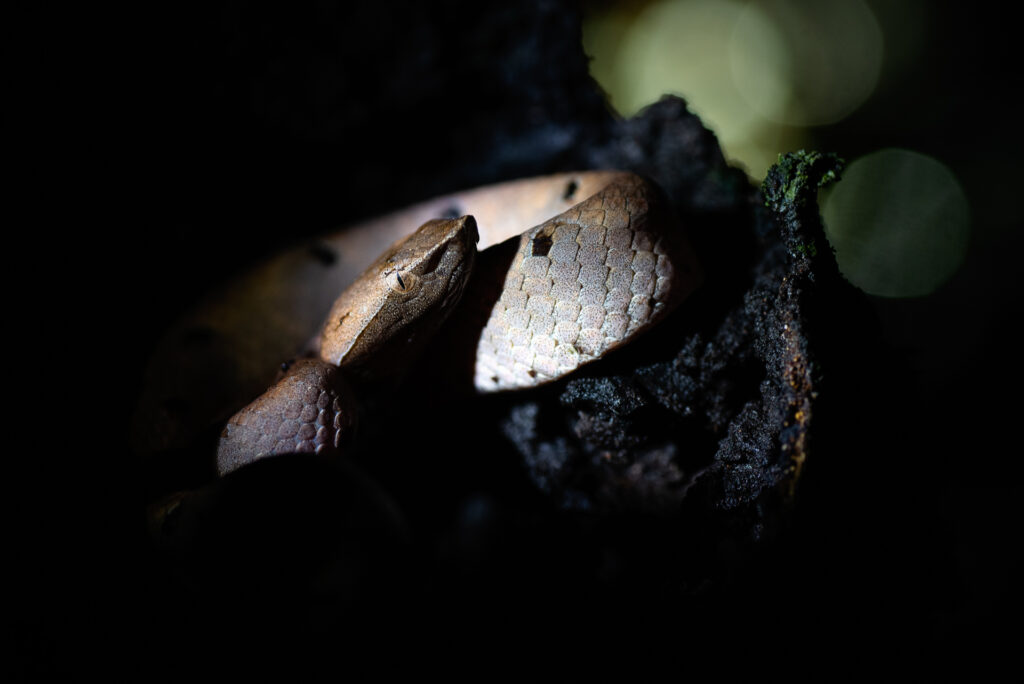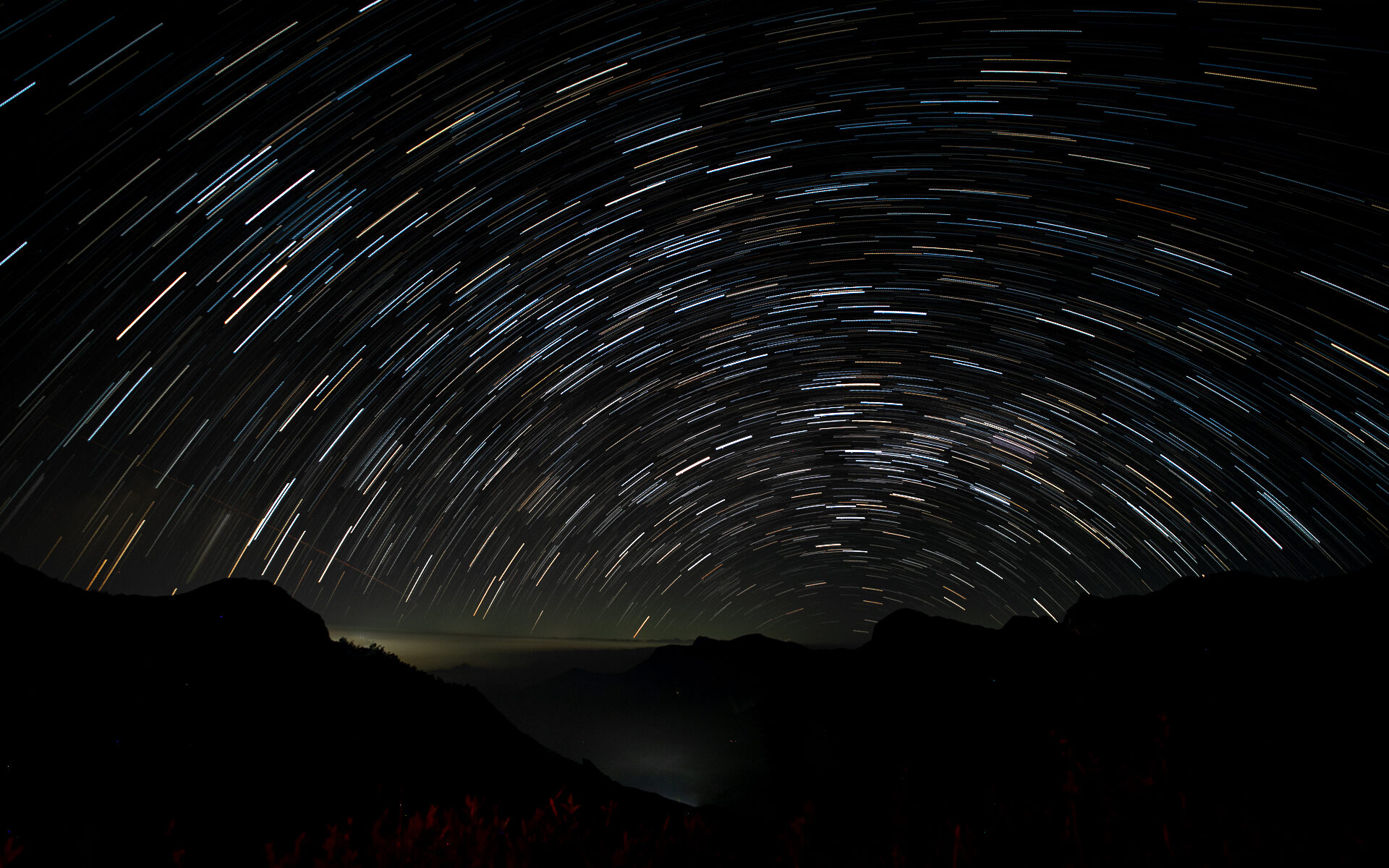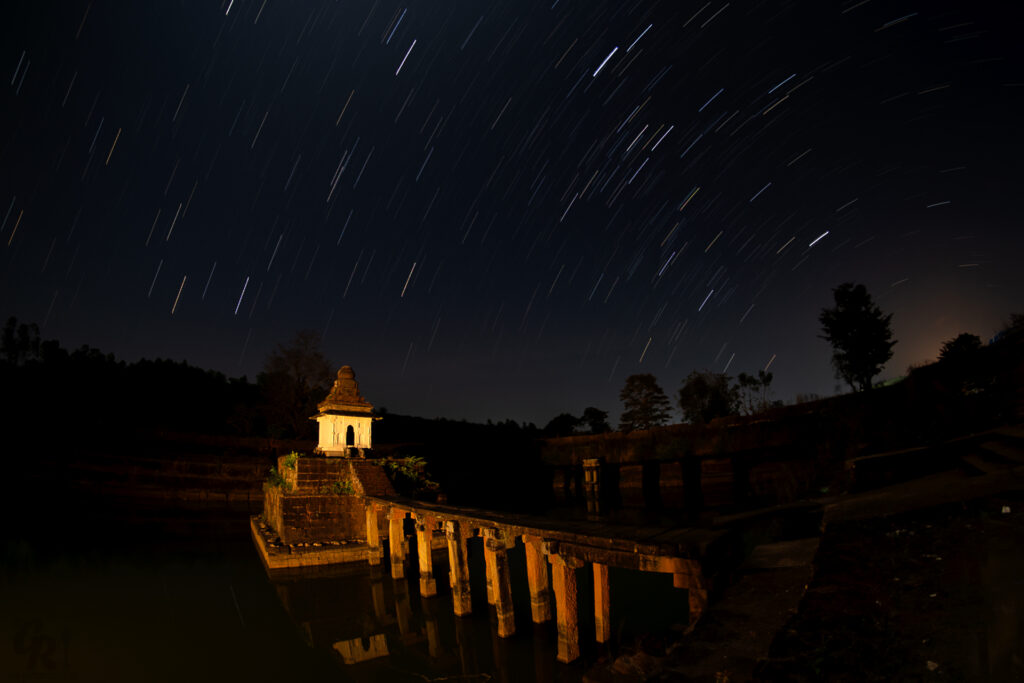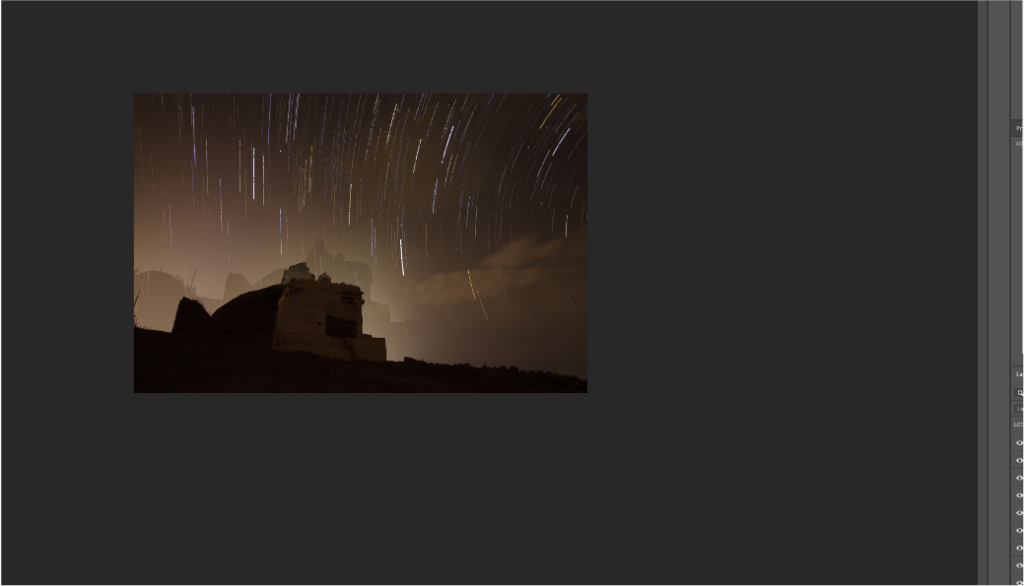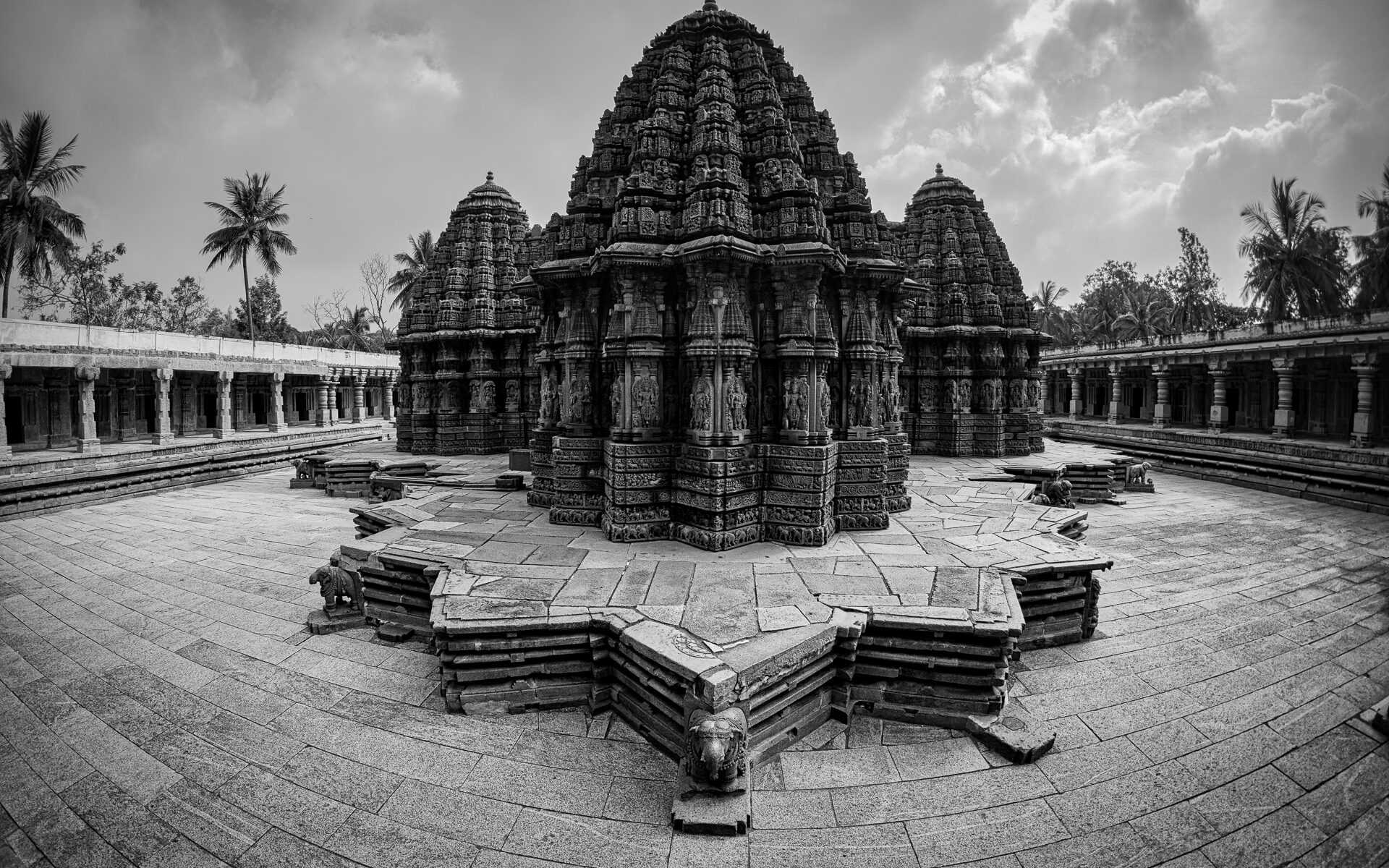I usually do not give too much importance to the equipment, however if there is one lens that’s been close to my heart it’s been my beloved Sigma 180mm Macro EX HSM ; This lens has been with me for close to 2 decades and has given me great images. In this blog I will share some images shot with this lens in natural light.
Sigma 180mm Macro EX HSM 3.5, a brief overview:
The Sigma APO 180mm F3.5 EX DG lens was (yes, it is no longer manufactured) a telephoto/macro lens produced by Sigma Corporation.
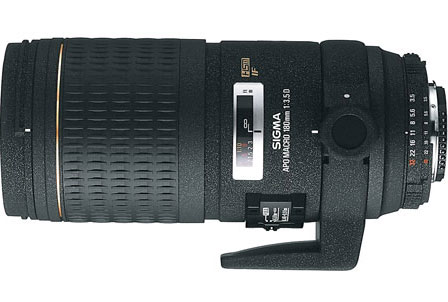
- Lens style: Telephoto , Macro
- Focal length: 180 mm
- Maximum aperture: f/3.5
- Closest focusing distance : 0.46 m
- Maximum magnification: 1:1
- Minimum aperture: 32
- Number of diaphragm blades :9
- Auto focus type: AF HSM
- Lens Construction: 13 elements / 10 groups
- Filter diameter :72 mm
What I liked about this lens!
- Shots taken with this lens were quite impressive.
- The shallow DOF.
- The working distance has always been excellent.
- This lens performs extremely well even when the aperture is fully opened at 3.5.
- Excellent build , even though the powder coating matte finish peels off.
- Lovely Circular Bokeh at 3.5
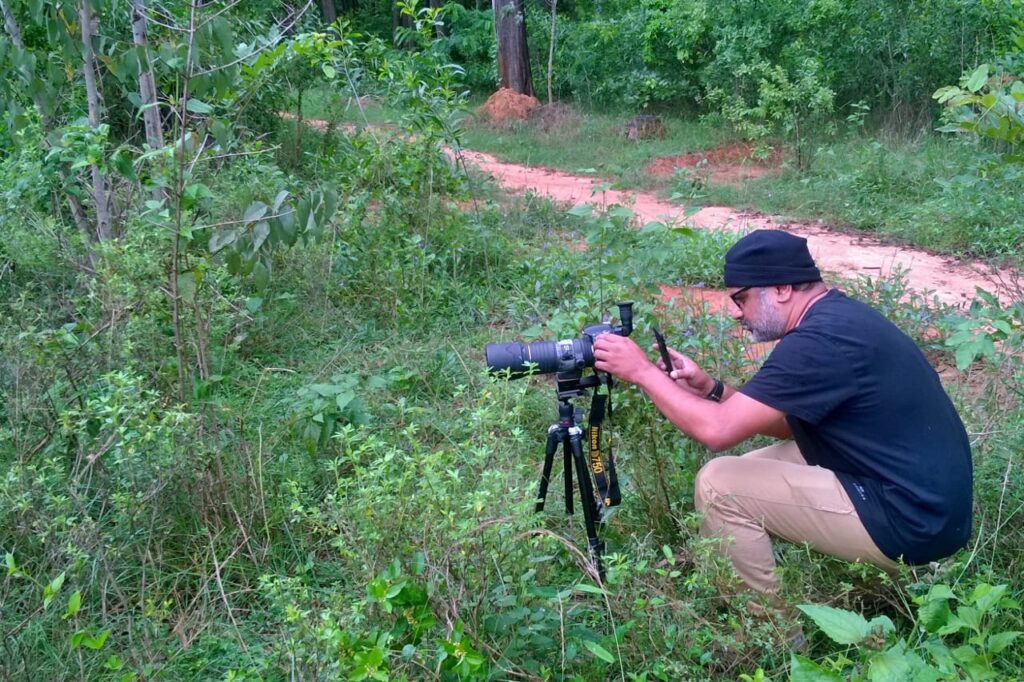
Me , with my Sigma 180mm on field
Some techniques that I follow with this lens:
- Always stay parallel to the subject , this allows me to get the subject of interest in the shallow DOF that this lens provides
- Always use a tripod stand! This lens is heavy and is not for people who like to do handheld photography
- Use a Macro rail
- Use a right angle viewfinder , since most of the subjects are at ground level or very close to the ground, this helps a lot and saves my back as well.
- Start shooting with a fully open aperture and keep closing the aperture till i get right DOF
- Carry a white sheet of paper as a reflector to bounce natural light and use it to fill shadows.
Some Images:

Argiope in light drizzle. This was a challenging shot due to wind and I also wanted to show the raindrops ( Exposure : F14 , 1/125 second , ISO 400, Natural light )

Argiope after the drizzle . ( Exposure : F10 , 1/320 second , ISO 400, Natural light )

Owl Fly ( Exposure : F10 , 1/320 second , ISO 400, Natural light )

Owl Fly with Bokeh ( Exposure : F16 , 1/50 second , ISO 400, Natural light )
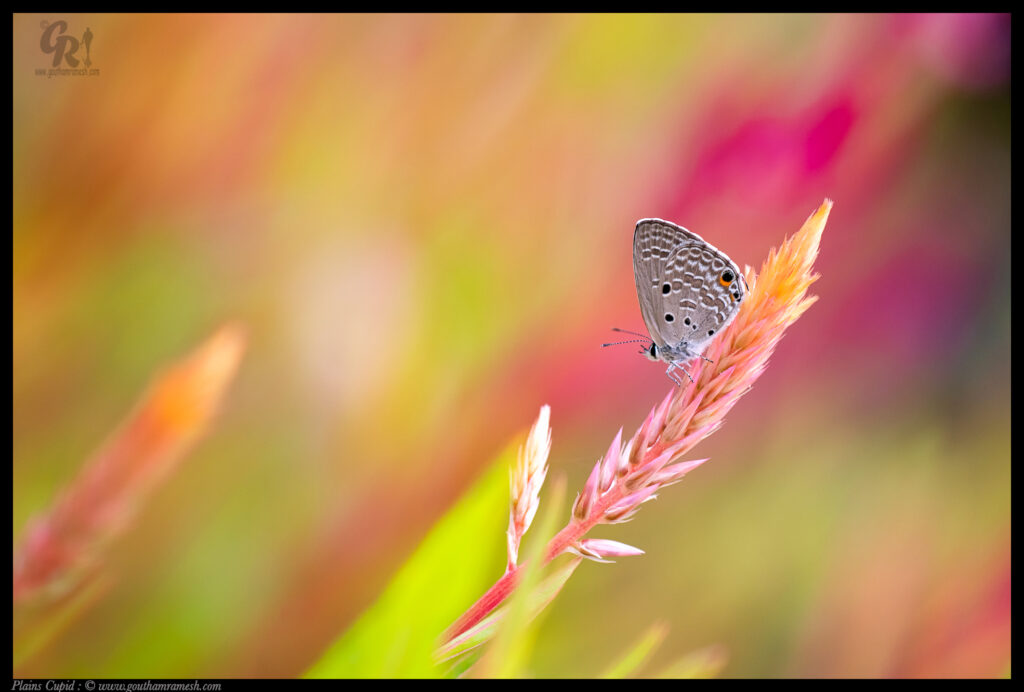
Plains Cupid , Here i have opened the aperture almost full to get a very shallow DOF and have gone almost parallel to the subject ( Exposure : F4 , 1/1250 second , ISO 800, Natural light )

Assassin Bug back lit with a paper reflector in the front ( Exposure : F8 , 1/125 second , ISO 400, Natural light )
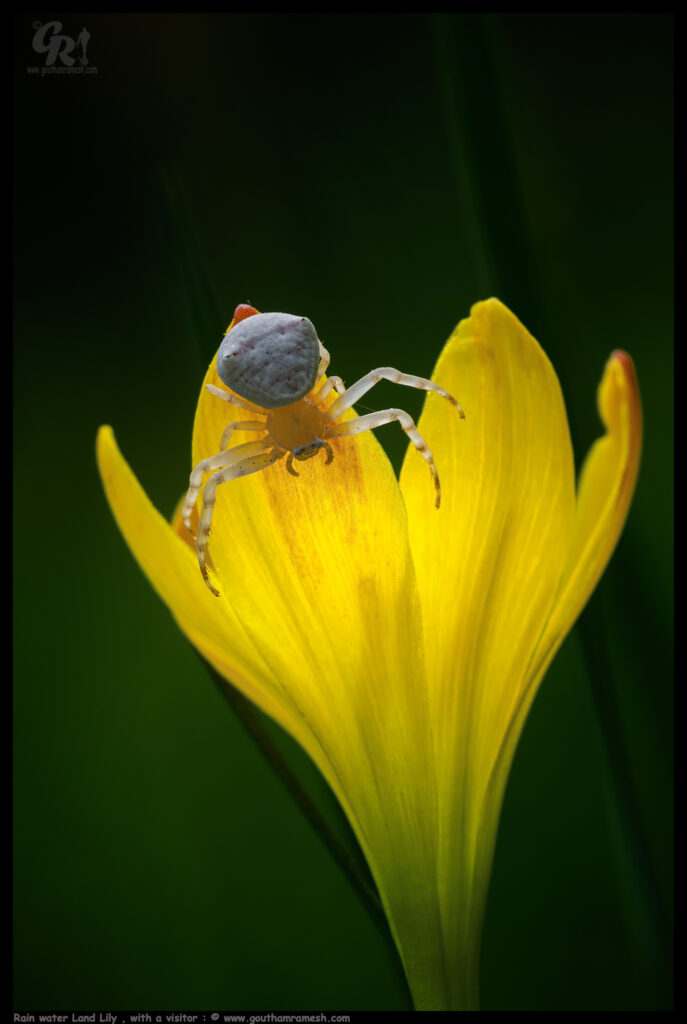
Crab Spider back lit with a paper reflector in the front ( Exposure : F13 , 1/60 second , ISO 100, Natural light )
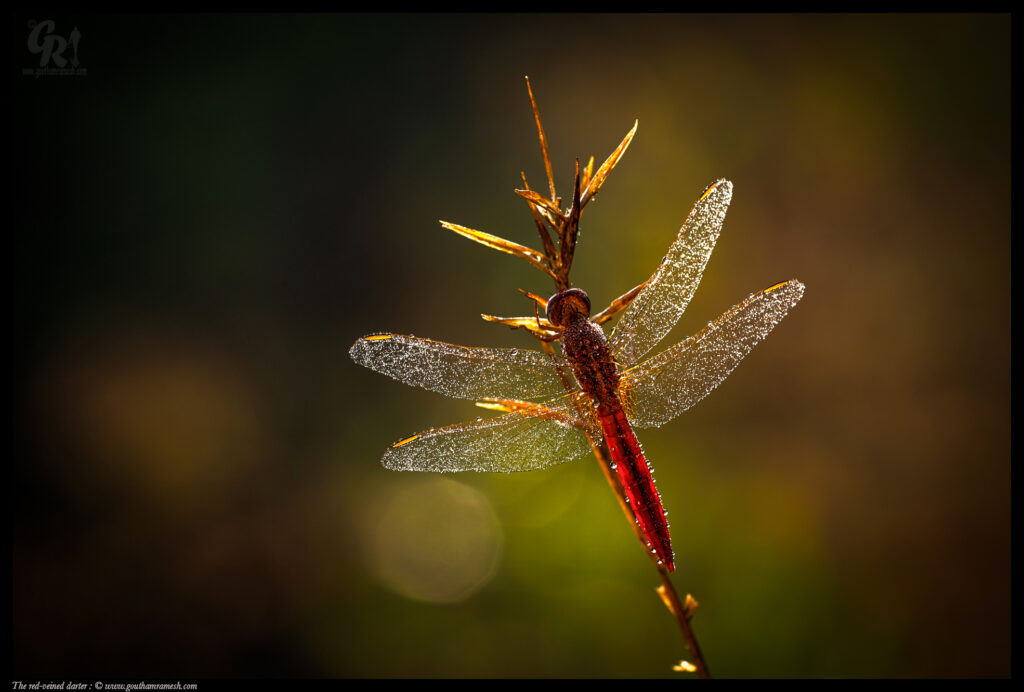
Red Veined darter back lit with a paper reflector in the front ( Exposure : F8 , 1/125 second , ISO 400, Natural light )
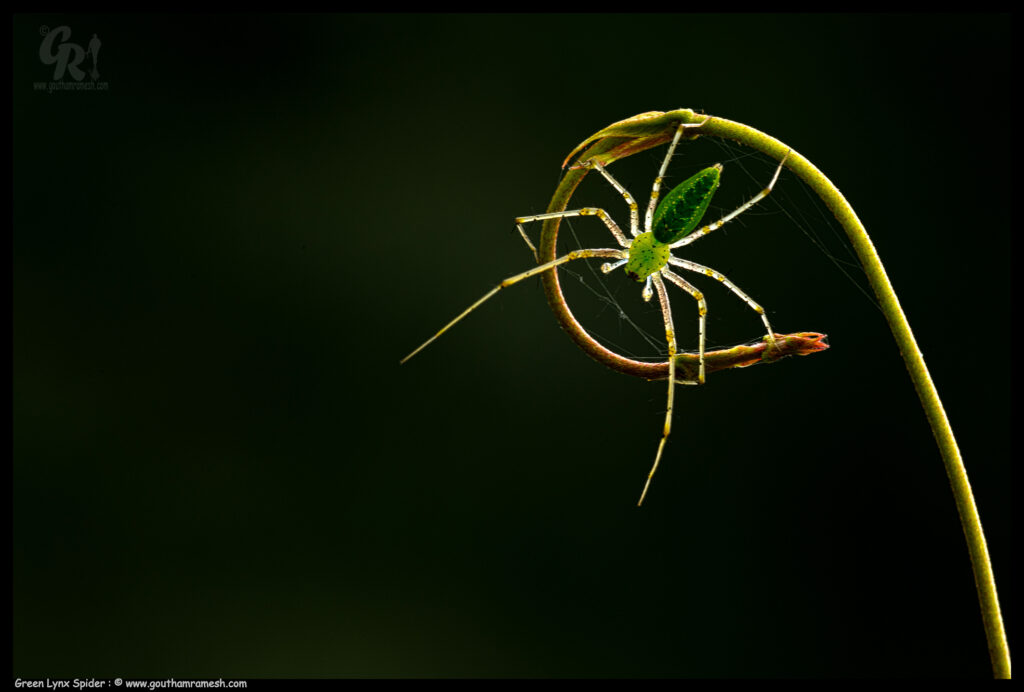
Assassin Bug back lit with a paper reflector in the front ( Exposure : F16 , 1/40 second , ISO 400, Natural light )
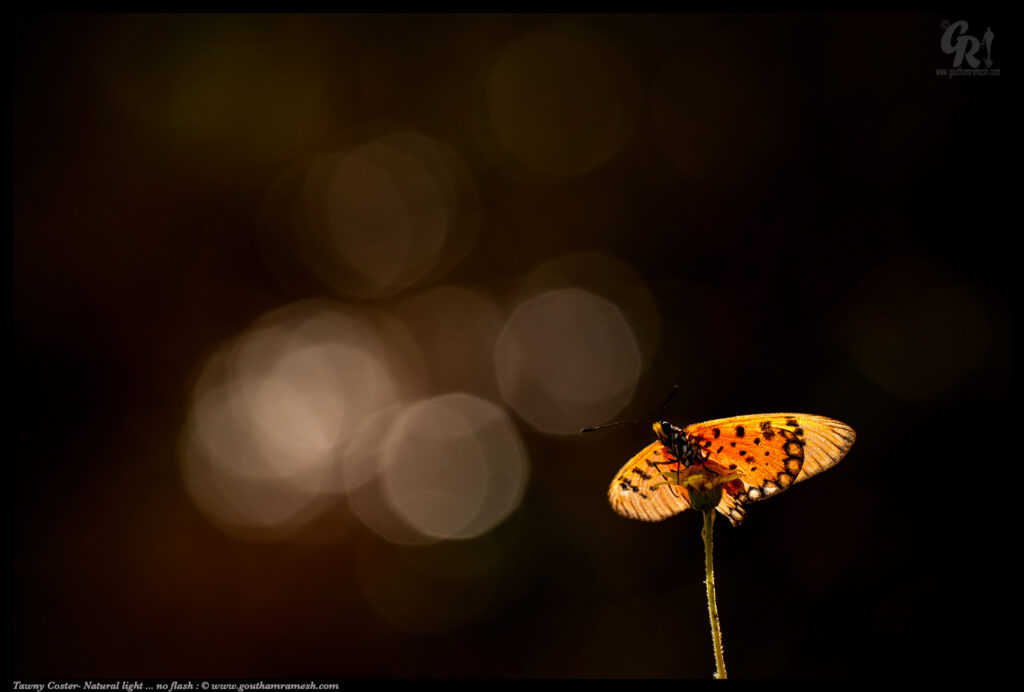
Back lit Tawny Coaster ( Exposure : F6.3, 1/1000 second , ISO 400, Natural light )
Rant!
These days , Macro photography has changed! ; The way we shoot pictures have also changed with good close up lenses , attachments , great diffusers and lighting support and there is a decline in people using natural light ( Even I don’t use this lens and natural light quite often these days ) . Today we can get much more greater details in the images which is amazing. However personally for me charm of natural light macro is still very close to my heart even though I do shoot a lot of my recent macro’s with close up attachments and diffusers and I do love my Raynox and Radiant diffuser.
Having said that these days manufacturers have stopped making lenses like 180mm due to lack of demand and it’s very sad, one day I hope the demand for macro lenses and this focal length is back on track and we get to see some great macro images in natural light .
Thanks if you like the blog, you can leave a comment at Home Page
Cheers
